Introduction
Sony had introduced three full-range zoom lenses into its E-mount camera system. They are the SEL18200, SEL18200LE, and the SELP18200. The SEL18200 is the largest and heaviest among the other two brothers, and it comes with a silver chrome body. The SEL18200LE is the lighter edition of the SEL18200, which is smaller and lighter and comes in a black body. Both of them use a mechanical zoom ring, while the SELP18200 uses the power zoom, which comes in a black body.
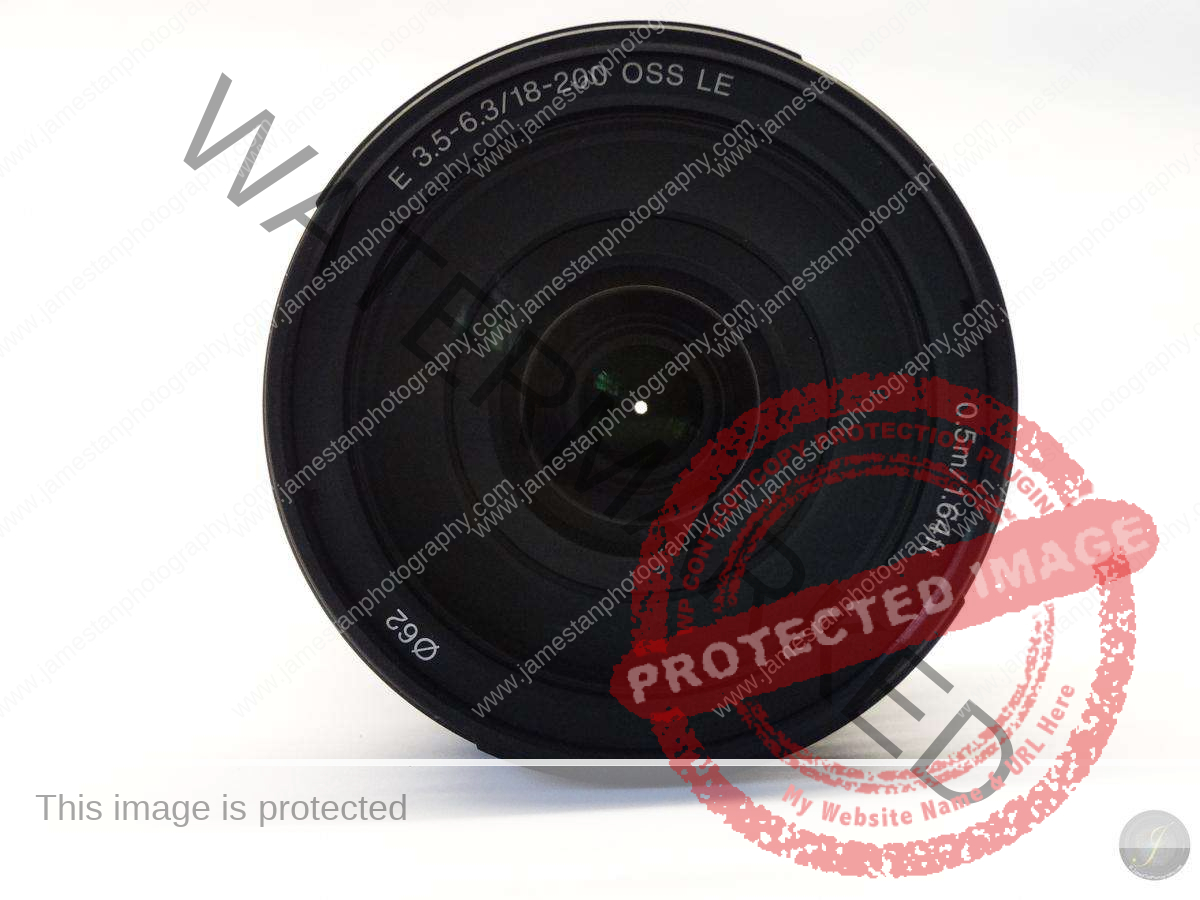
The lens that we are going to review today is the SEL18200LE. Due to the full focal length coverage by the SEL18200LE, this review is extremely long. Please be patient and ready to go through the rest of this post to see how does this lens perform 😉 I provided a summary at the top of each testing section if you want to get the result at a glance.
Pros & Cons
- Full range focal length from wide-angle to telephoto
- Well built quality
- Mechanical Zoom
- Distortion found at the entire focal length range
- Focusing issues from focal length 100 mm and longer
- Not constant aperture, small aperture from 100 mm and longer
Key Specification
| Aperture (Max.) | F 3.5- F 6.3 |
| Aperture (Min.) | F 22 – F 40 |
| Focal Length (35mm equivalent) | 27mm – 300mm |
| Filter Diameter | 62mm |
| Lens Groups-Elements | 13 groups, 17 elements (4 aspheric surfaces, 2 ED) |
| Minimum Focus Distance | 1.64ft (0.5 m) |
| Aperture Blade | 7 blades (Circular aperture) |
| Dimensions (Max. Diameter x Length) | 2-3/4″ x 3-7/8″ (68 mm x 96.7 mm) |
| Exterior Finish | – |
| Internal Motor | Yes (Stepping motor) |
| Lens Weight | 16.3 oz (460 g) |
| Maximum Magnification | 0.27x |
| Mount Material | Rubber |
Besides the official specification of the lens, I also include the largest and smallest aperture for each focal length that is stated on the lens.
| Focal Length | Largest Aperture | Smallest Aperture |
| 18 mm | F 3.5 | F 22 |
| 35 mm | F 4.5 | F 29 |
| 50 mm | F 5.6 | F 36 |
| 70 mm | F 5.6 | F 36 |
| 100 mm | F 6.3 | F 40 |
| 200 mm | F 6.3 | F 40 |
Look & Feel
The SEL18200LE is a well-built piece of glass. It is solid and heavy. It fits on my Sony NEX-6 (read the review here), and the black color on both lens and camera body match each other nicely. The focus ring is located close to the camera body, and it is buttery smooth.
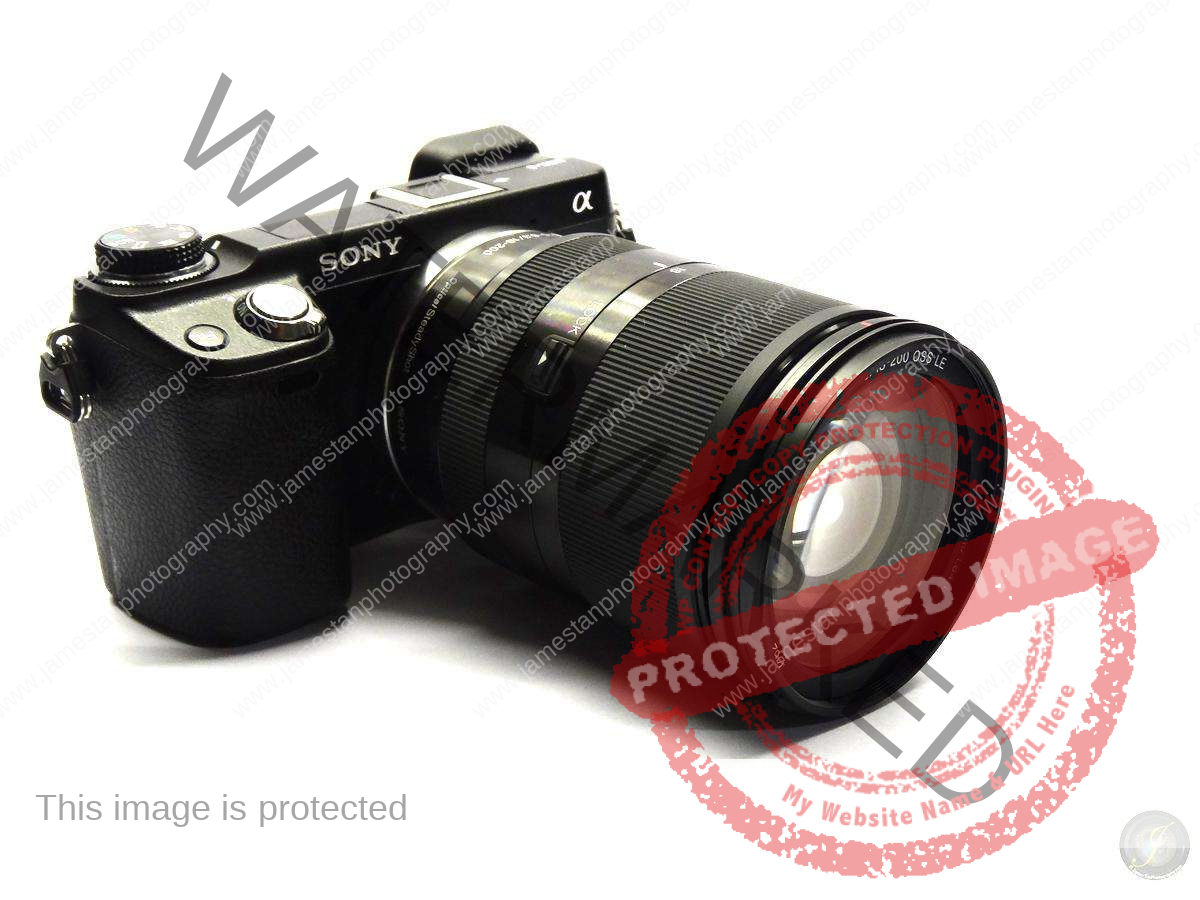
The zoom ring is larger than the focus ring, and there is a focal length indicator below it. It is pretty stiff, so that you will need some strength to rotate this mechanical zoom ring. There is a zoom lock switch for you to lock the lens at its widest angle (18 mm) to prevent the lens barrel from extending during carrying.
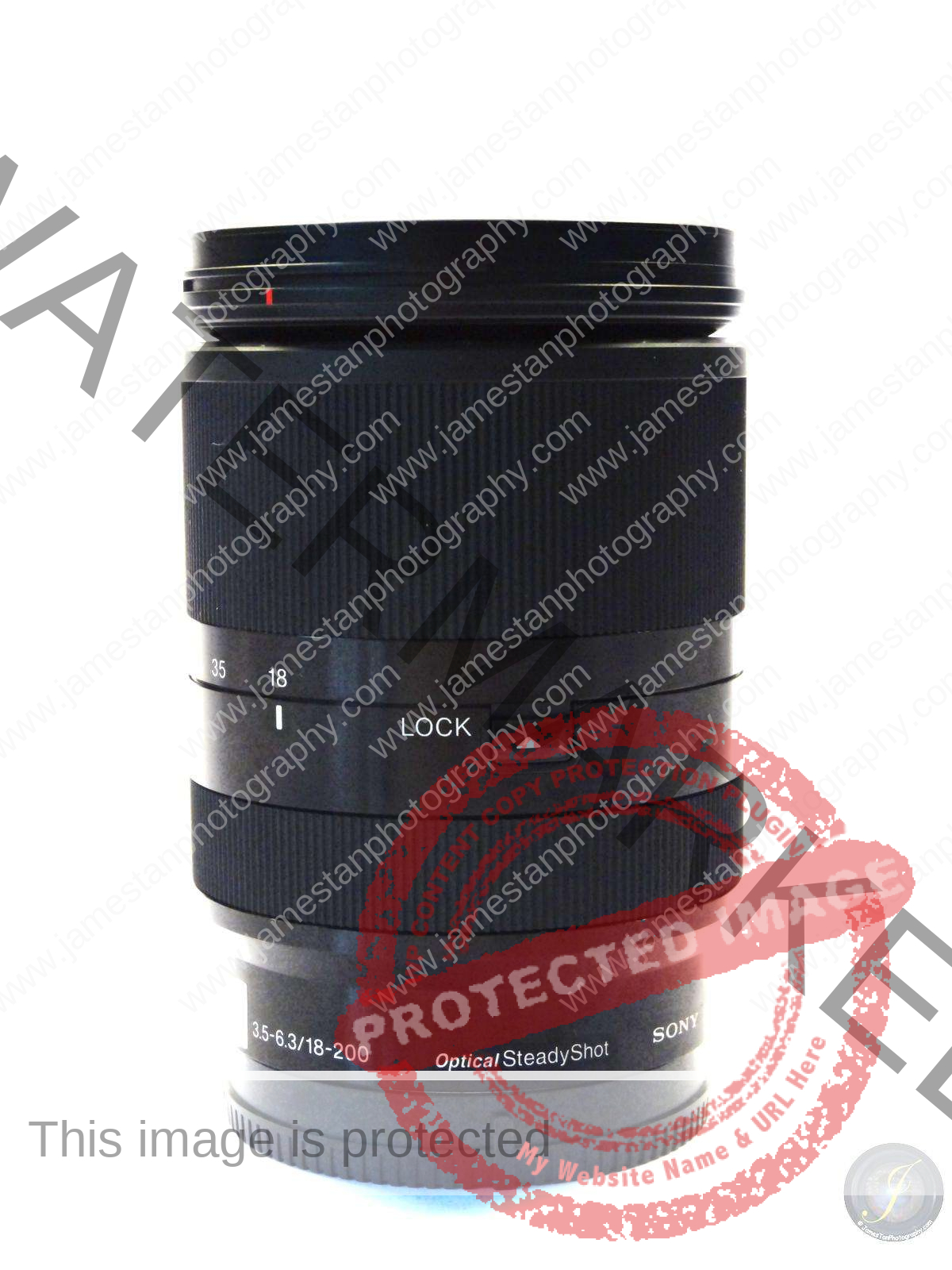
The lens comes with a petal shape plastic hood and plastic lens cap as well.
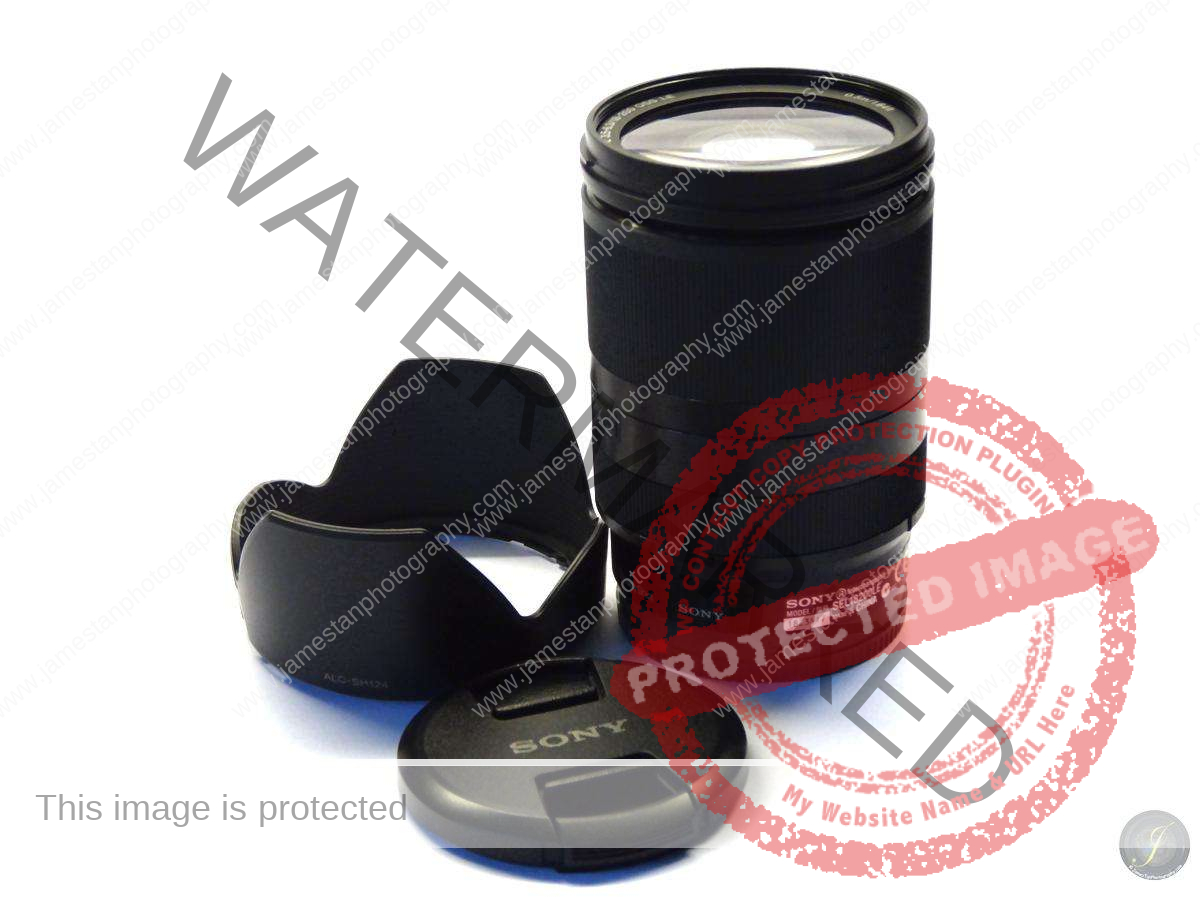
Handheld shooting with this lens provides certain arm muscle training as the combination of the SEL18200LE and NEX-6 is heavier than most of the other E-mount lens combinations. The lens extends and collapses, as shown below.


Sharpness (Infinity)
Overall, the center sharpness reached its peak at F8 among the entire focal length range, while the corner sharpness performed well in the mid-range (50 mm – 100 mm) from its wide-open till F16.
18 mm
Center sharpness at 18 mm is boosted at F5.6 and maintains good details until F11. Center sharpness at other apertures is quite soft.
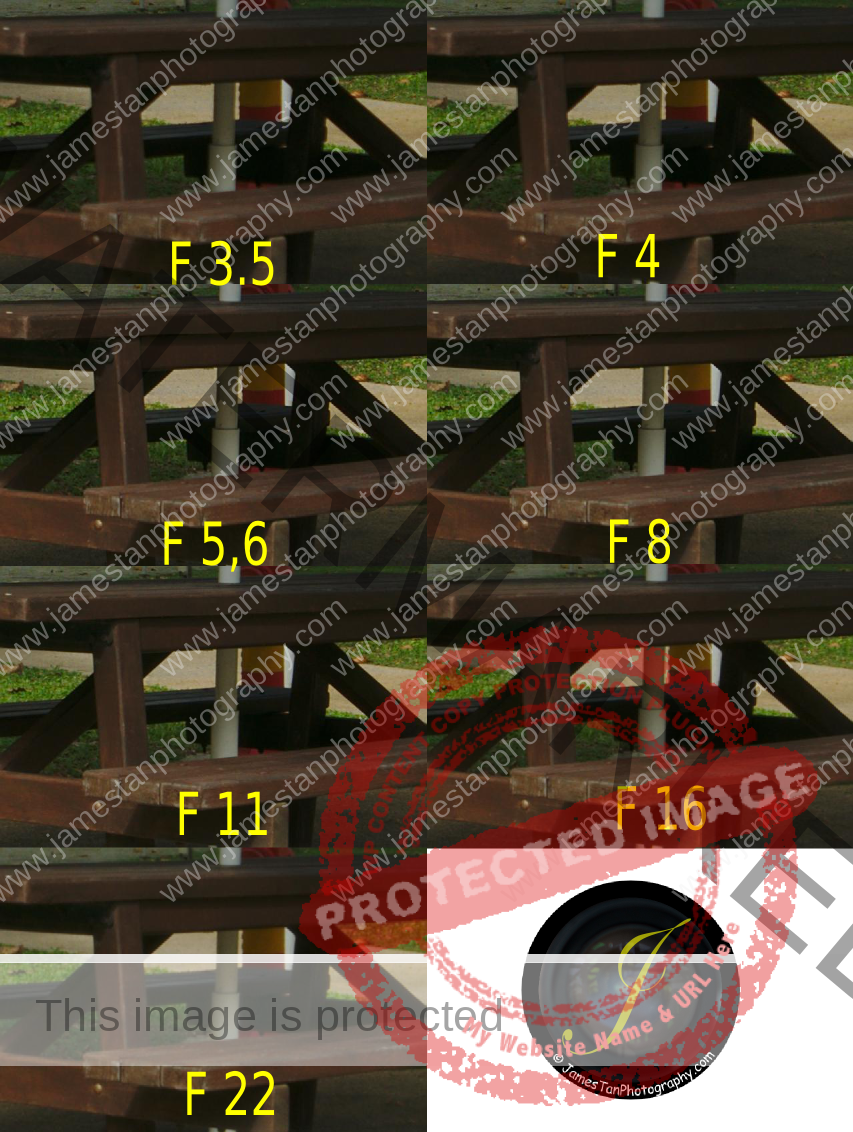
Corner sharpness at 18mm is pretty soft from the wide-open till F5.6. Sharpness is getting better from F8 onward.
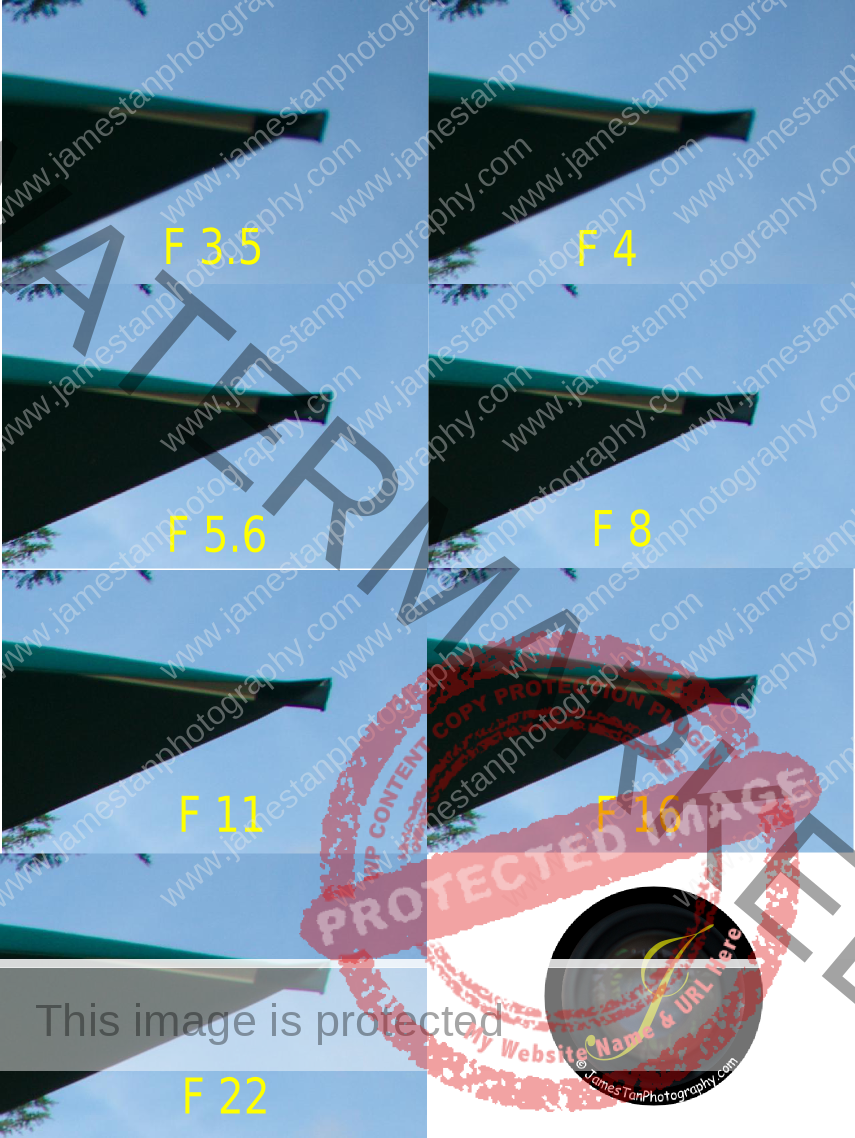
35 mm
Center sharpness at 35 mm is boosted at F5.6 and reaches the peak at F8. It maintains good details at F11, becomes acceptable at F16, and drops significantly from F22 onward.

Corner sharpness at 35 mm is acceptable from F8 onward. The details slightly drop from F16 onward.

50 mm
Center sharpness at 50 mm is good from its wide-open, reaches its peak at F8/F11, maintains good details at F16 and F22, and drops significantly from F32 onward.
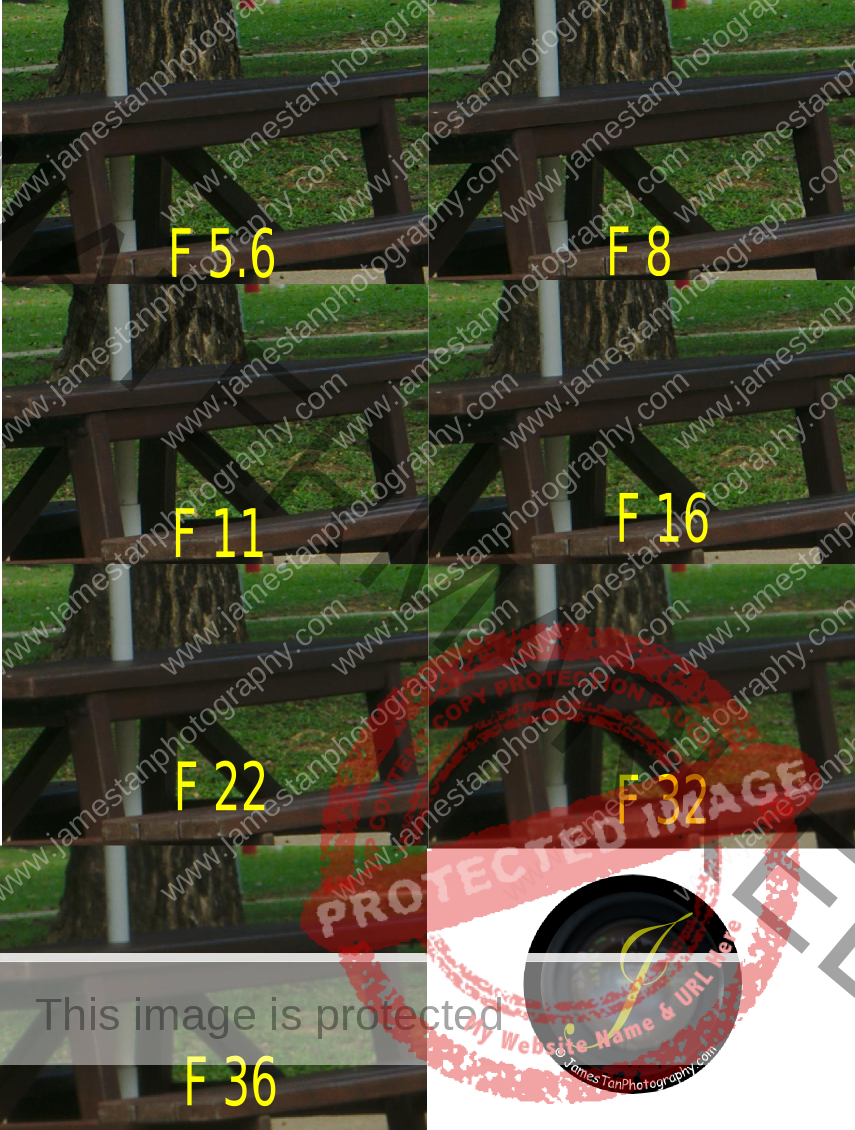
Corner sharpness at 50 mm is good from wide open until F22 and drops significantly from F32 onward.

70 mm
Center sharpness at 70 mm is soft at its wide open, getting sharper at F8 and reaching the peak at F11. Sharpness drop at F16 and F22 and becomes very soft at F32 onward.

Corner sharpness at 70 mm is good from its wide-open till F22 then drops significantly from F32 onward.

100 mm
Center sharpness at 100 mm is good from its wide-open, reach its peak at F8, sharpness slightly drop at F16 and F22, and drop significantly from F32 onward.
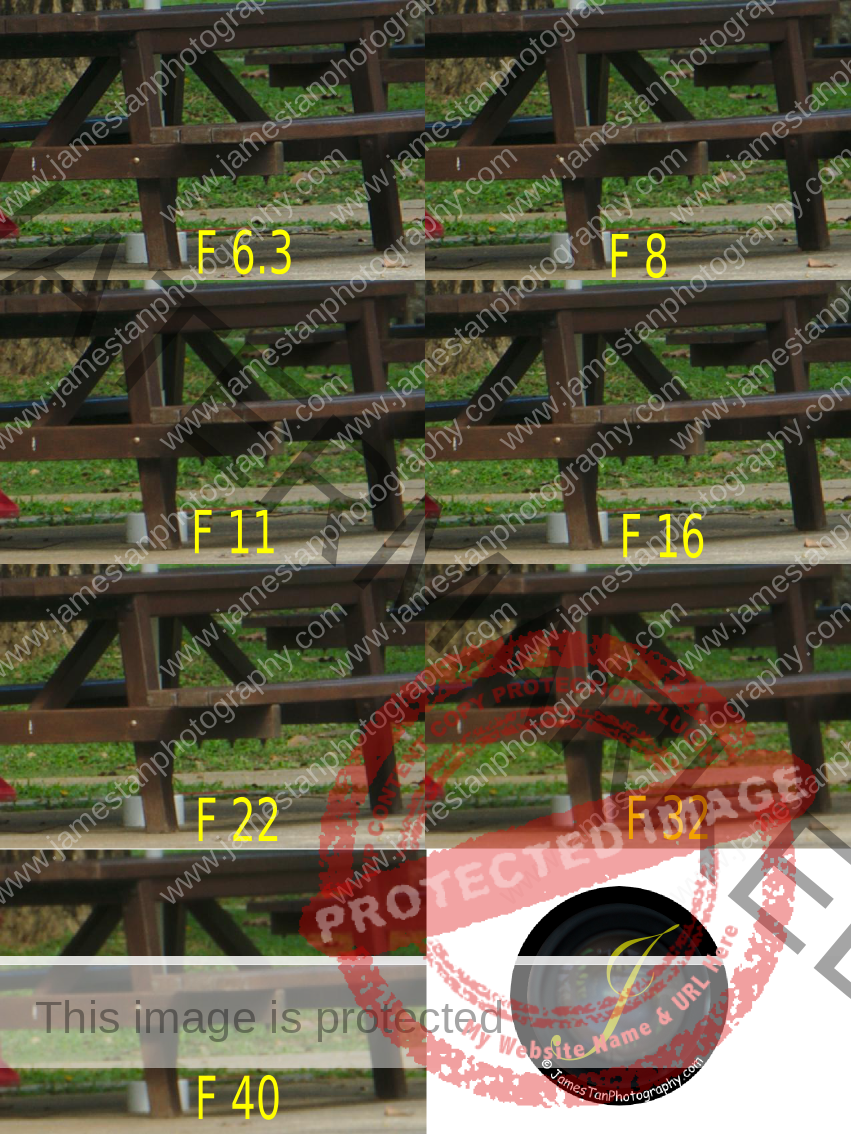
Corner sharpness at 100 mm is good from wide-open until F22, then slightly drop from F32 onward.
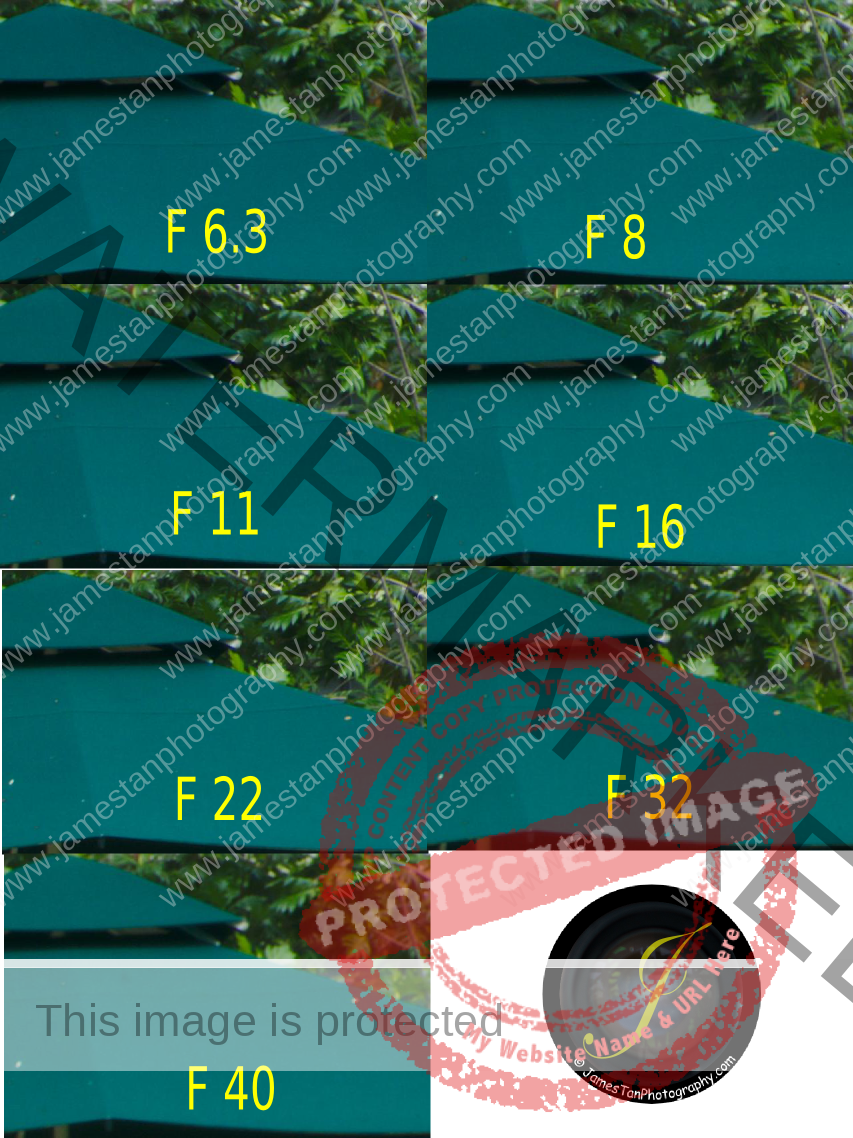
200 mm
Center sharpness at 200 mm is considered soft overall. Sharpness at F6.3 is acceptable, F8 and F11 show the best sharpness among other apertures while the rest are pretty soft.
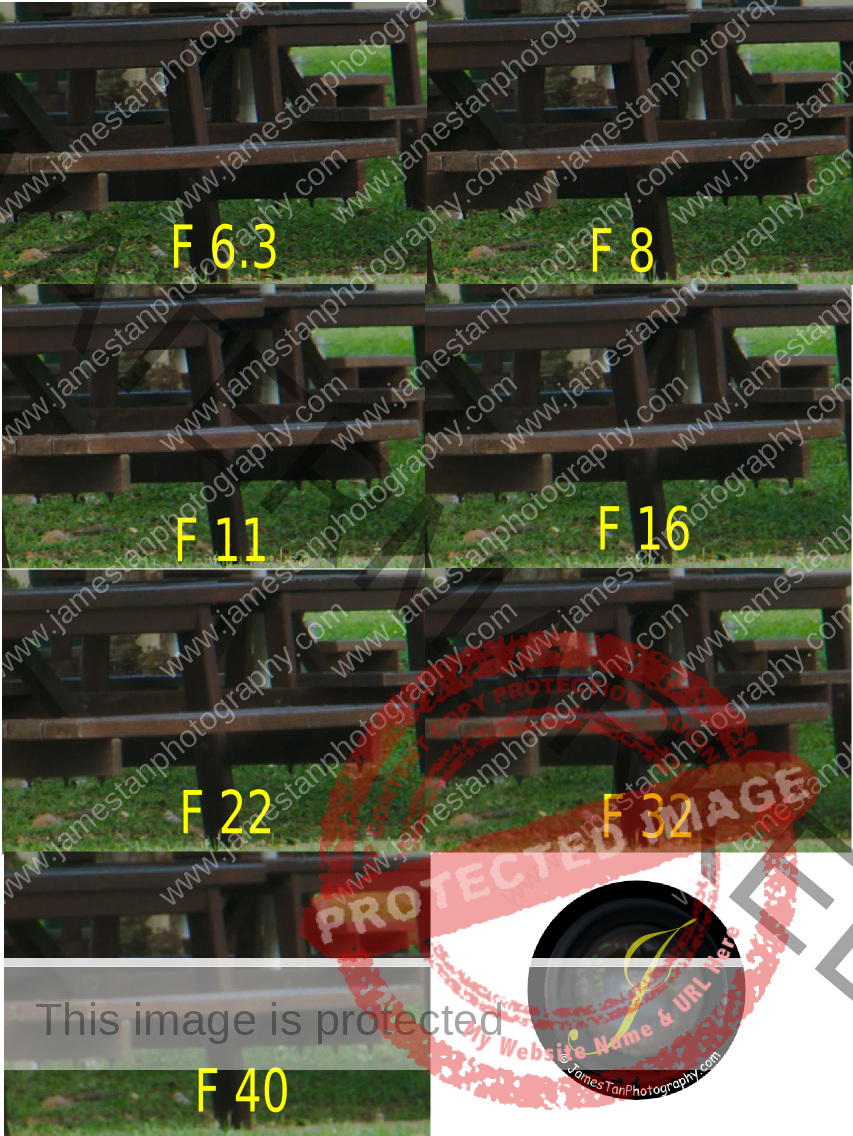
Corner sharpness at 200 mm shows the best sharpness at F11, F16, and F22, while the rest are pretty soft.
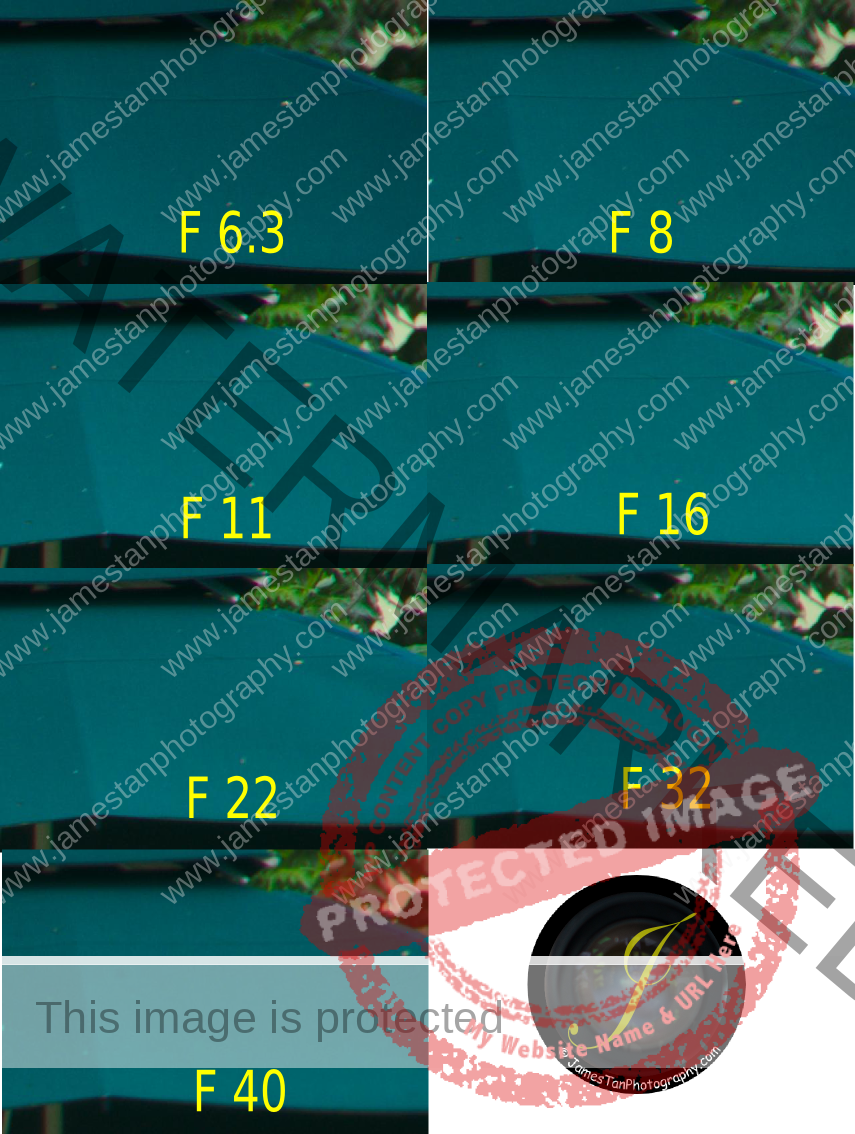
Macro Performance
Overall, the SEL18200LE has the maximum magnification ratio of 200 mm, while the best sharpness is shown at 70 mm.
18 mm
Macro sharpness at 18 mm is soft.

35 mm
Macro sharpness at 35 mm is acceptable.
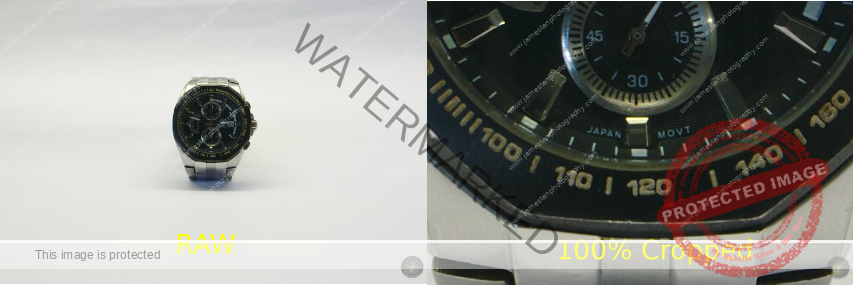
50 mm
Macro sharpness at 50 mm is at a good level.
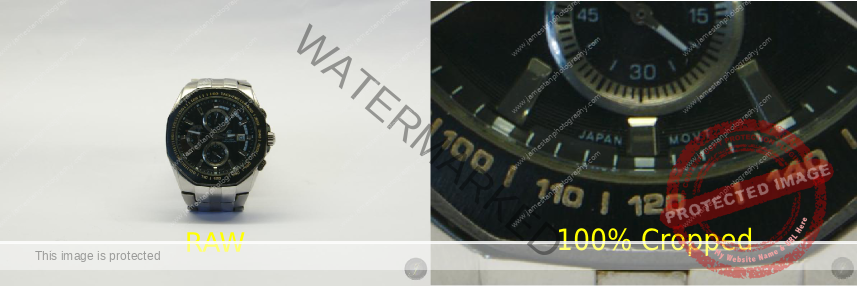
70 mm
Macro sharpness is the best at 70 mm.

100 mm
The macro sharpness at 100 mm has dropped slightly compared to 70 mm.

200 mm
At 200 mm, the SEL18200LE has the maximum magnification ratio, but the sharpness is similar to 100 mm.

Distortion
Overall, the SEL18200LE shows a heavy barrel distortion at its widest angle while exhibiting slight pincushion distortion for the rest of the focal length.
18 mm
18 mm exhibits heavy barrel distortion.


35 mm
35 mm exhibits slight pincushion distortion.
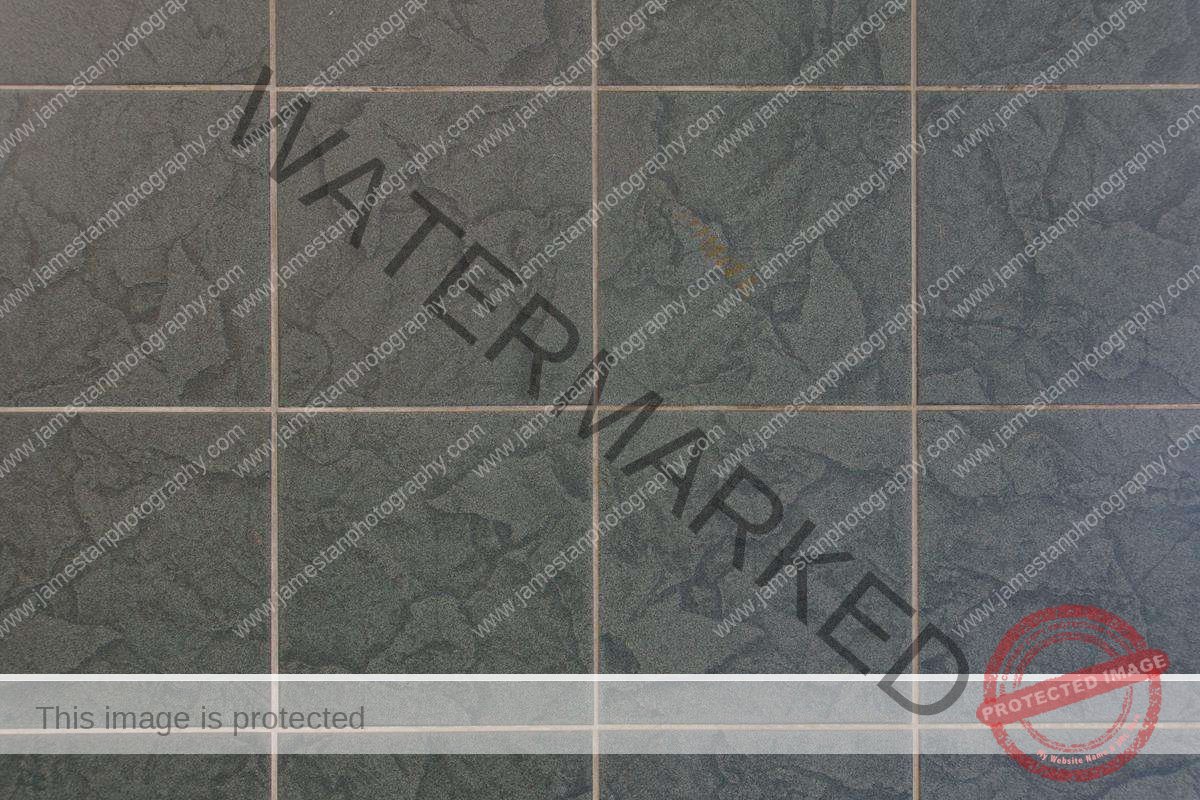
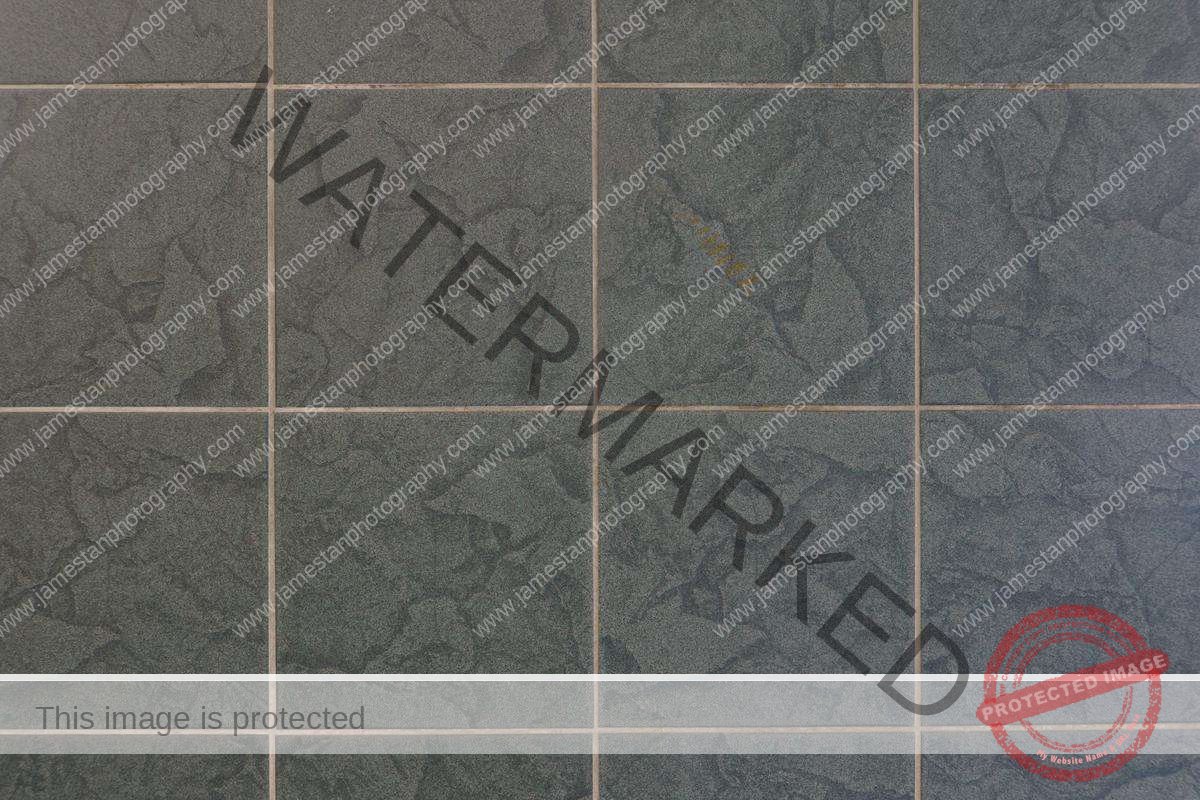
50 mm
50 mm exhibits slight pincushion distortion.


70 mm
70 mm exhibits slight pincushion distortion.

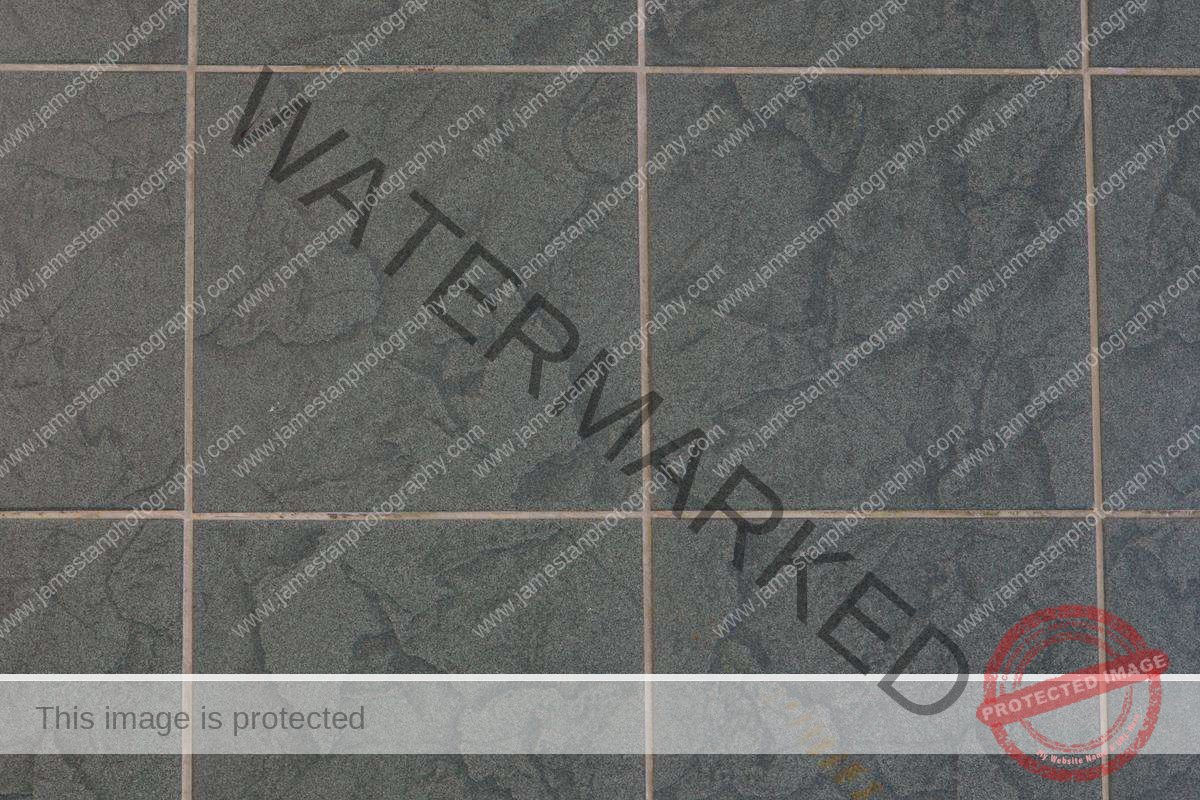
100 mm
100 mm exhibits slight pincushion distortion.
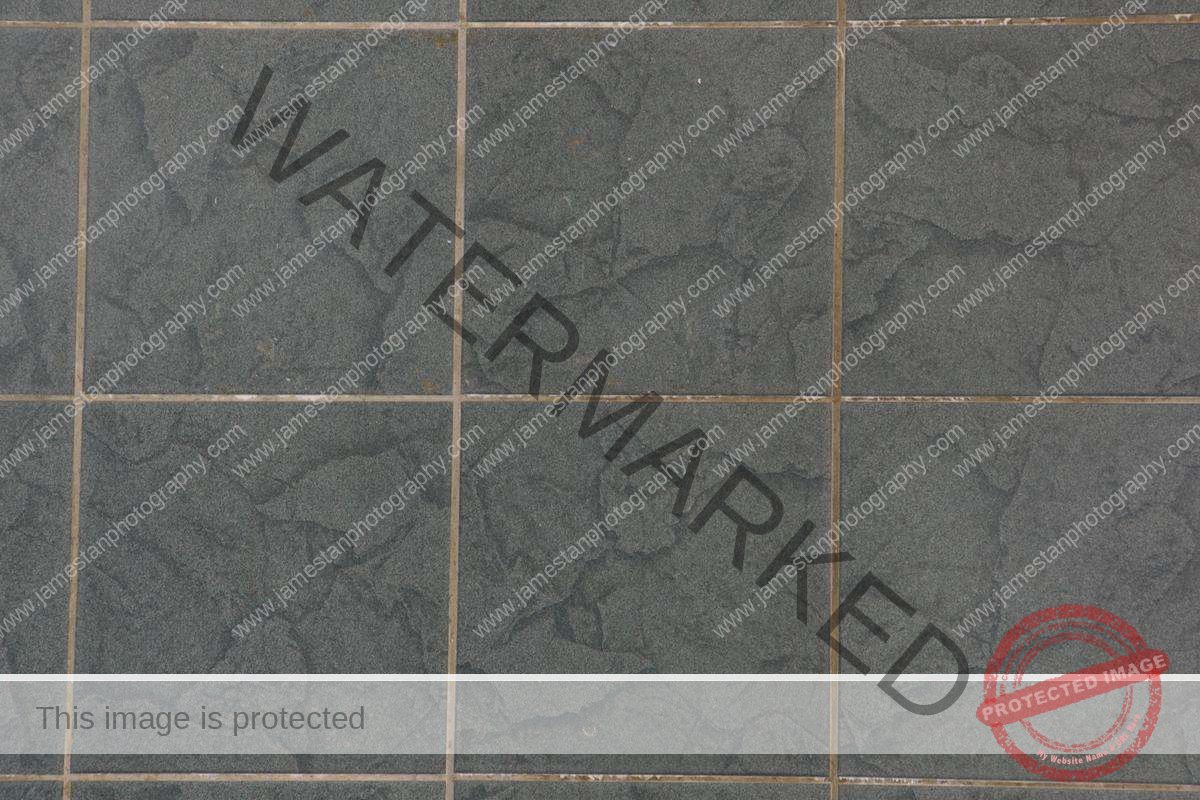

200 mm
200 mm exhibits slight pincushion distortion.

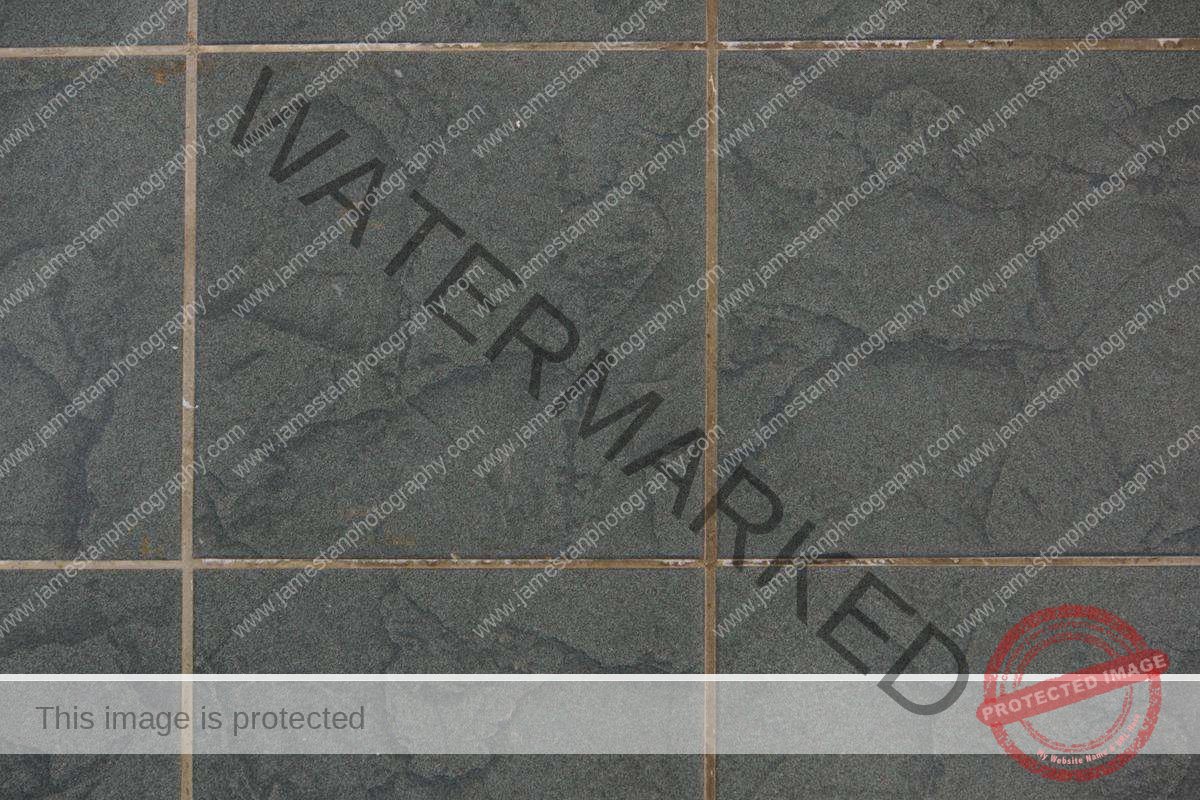
Vignetting
Overall, the 18mm and 200mm exhibit heavy vignetting at its wide-open and need to stop down two stops to remove the vignetting. The SEL18200LE shows little to slight vignetting at other focal length and usually only need to stop down one stop to eliminate the vignetting.
18 mm
18 mm exhibits heavy vignetting at its wide-open. Stopped down to F5.6 will barely see the vignetting.
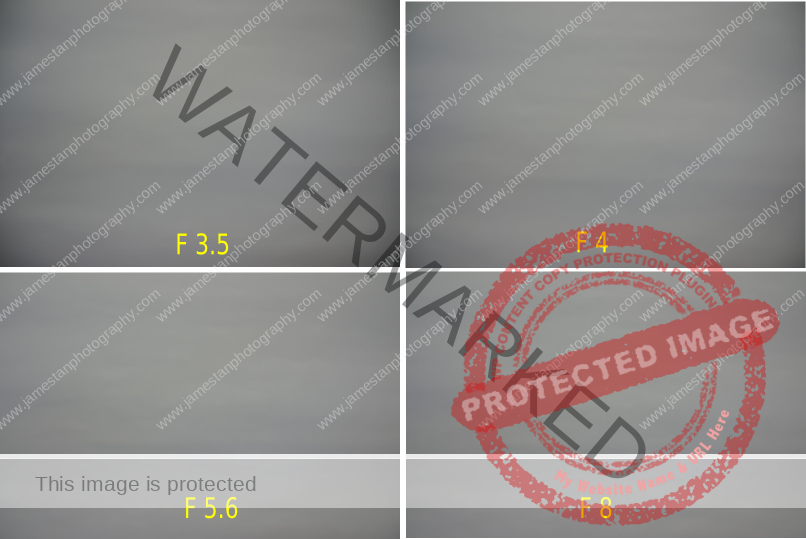
35 mm
Visible vignetting at F4.5. Stopped down to F5.6 will slightly remove the vignetting.

50 mm
50 mm exhibits little vignetting. Stopped down to F8 will remove the vignetting.

70 mm
70 mm exhibits slight vignetting at its wide open. Stopped down to F8 will eliminate it.

100 mm
100 mm exhibits little vignetting at its wide open. Stopped down to F8 will eliminate the vignetting.

200 mm
200 mm exhibits heavy vignetting. Stopped down to F8 will greatly reduce the vignetting.

Chromatic Aberration
Overall, the SEL18200LE tends to have purple fringing at its center and magenta fringing at its corner at those high contrast areas. Stopping down 2 – 3 stops will eliminate the center CA, while the corner CA remains at any aperture.
18 mm
18 mm center exhibits slight purple fringing at its wide-open until F5.6, stopped down to F8 will eliminate that fringing.
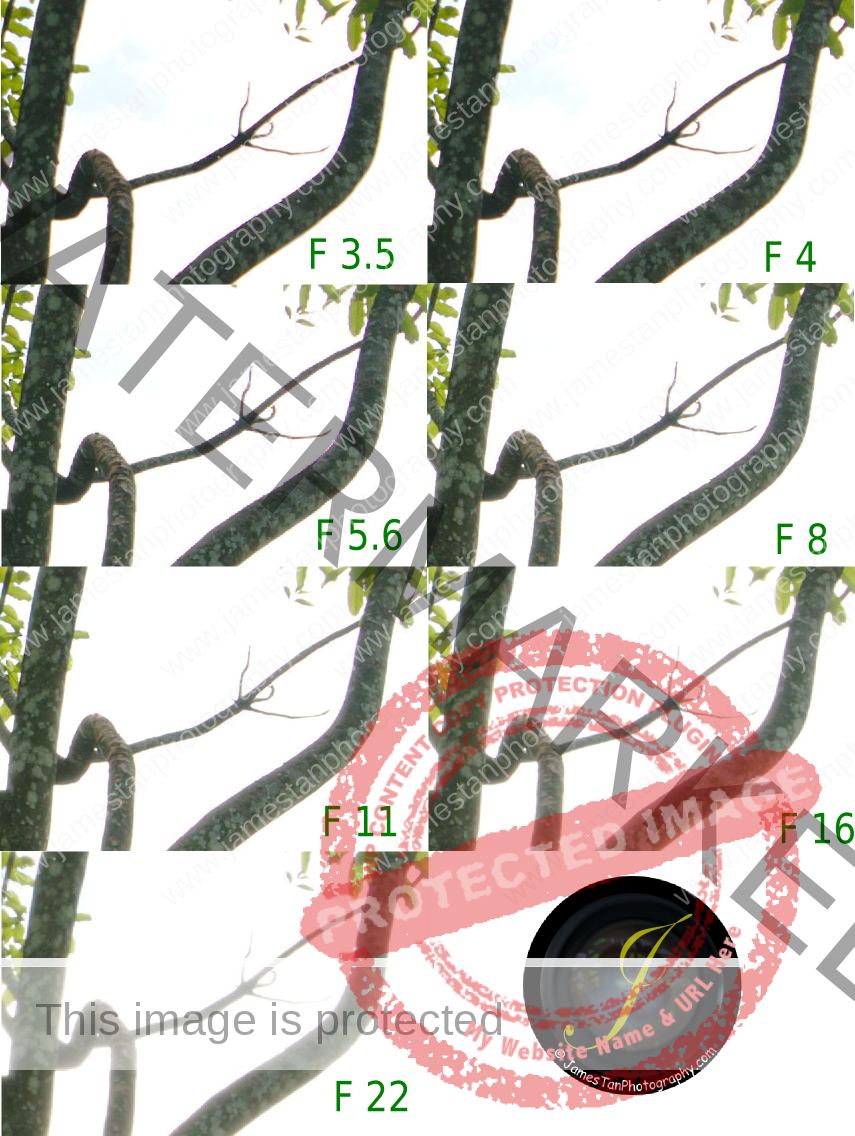
18 mm corner exhibits purple fringing from its wide-open till F22.
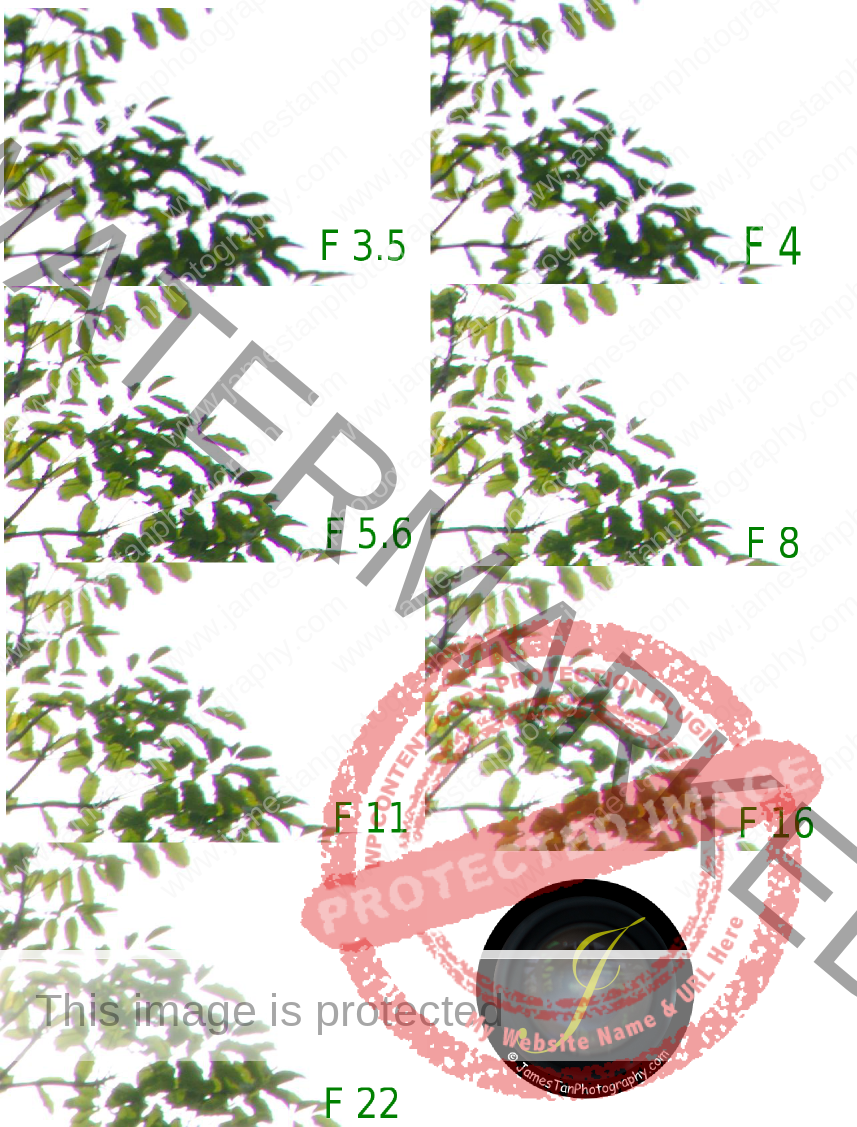
35 mm
35 mm center exhibits some purple fringing from its wide-open until F8, stopped down to F11 will eliminate the fringing.
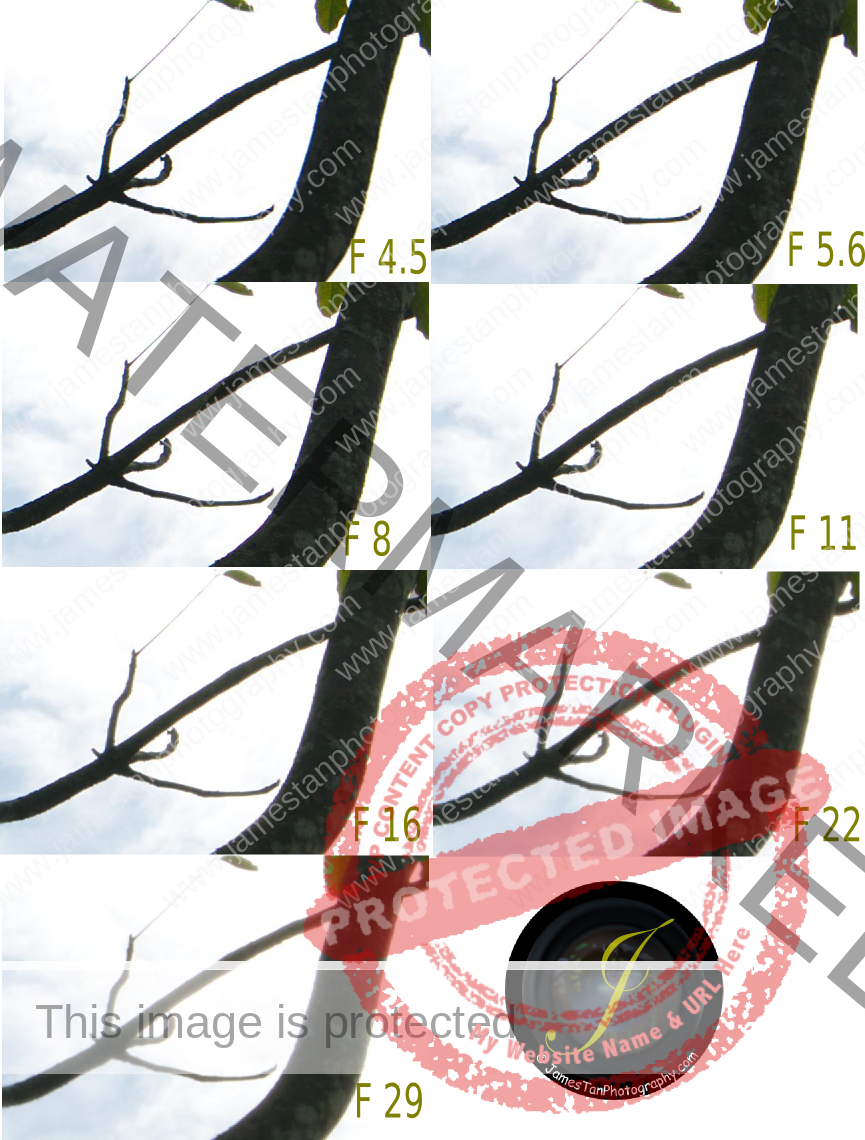
35 mm corner exhibits magenta fringing from its wide-open till F29.
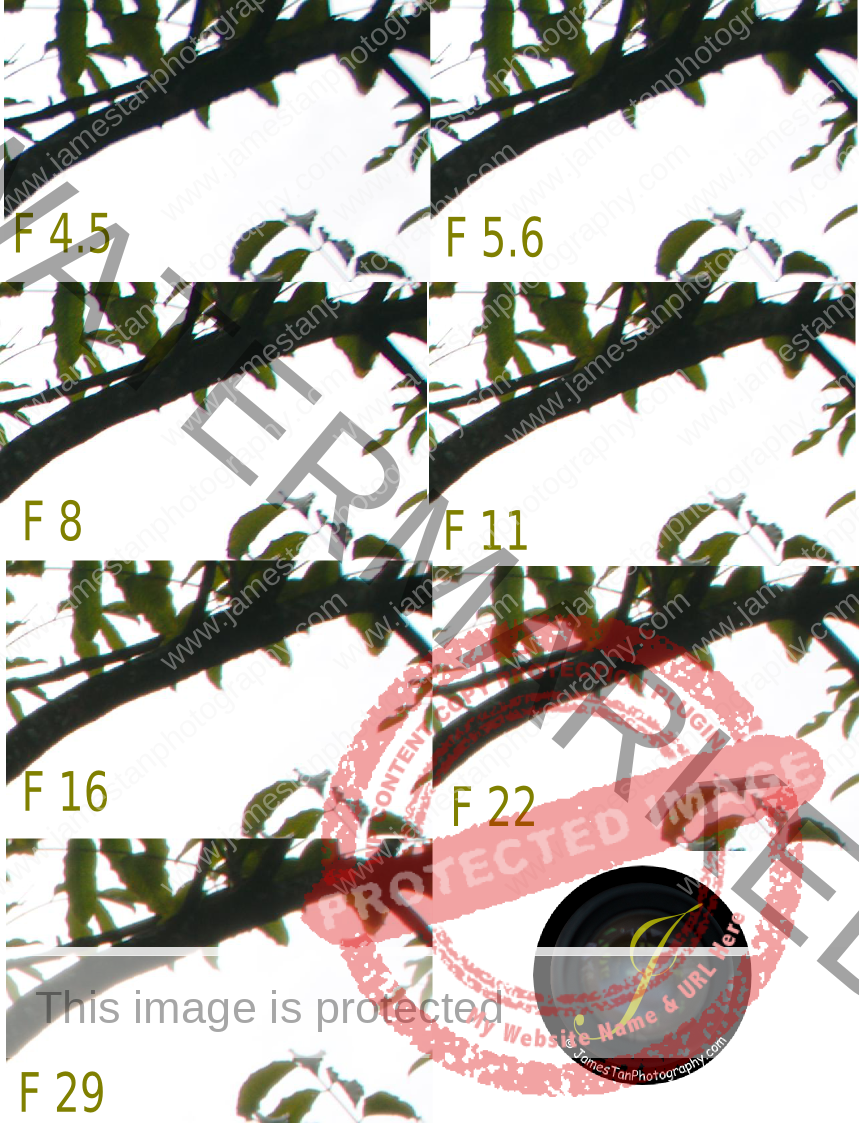
50 mm
50 mm center exhibits little purple fringing from its wide-open till F11, stopped down to F16 will eliminate the fringing.

50 mm corner exhibits little purple fringing at its wide-open and F8, then it turned into magenta fringing for the rest of apertures.

70 mm
70 mm center exhibits little purple fringing from its wide-open till F16, stopped down to F22 will eliminate the fringing.
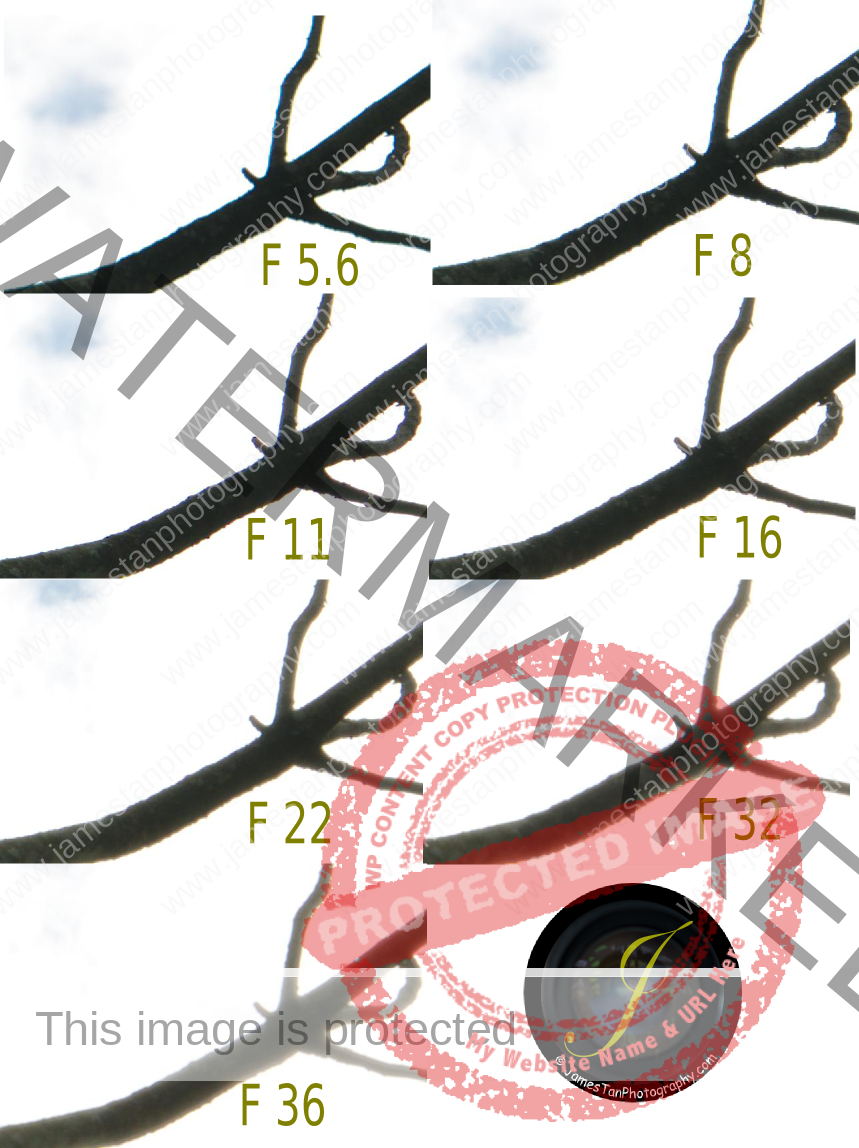
70 mm corner exhibits little purple fringing at its wide-open and F8, stopped down to F11 will eliminate the fringing.
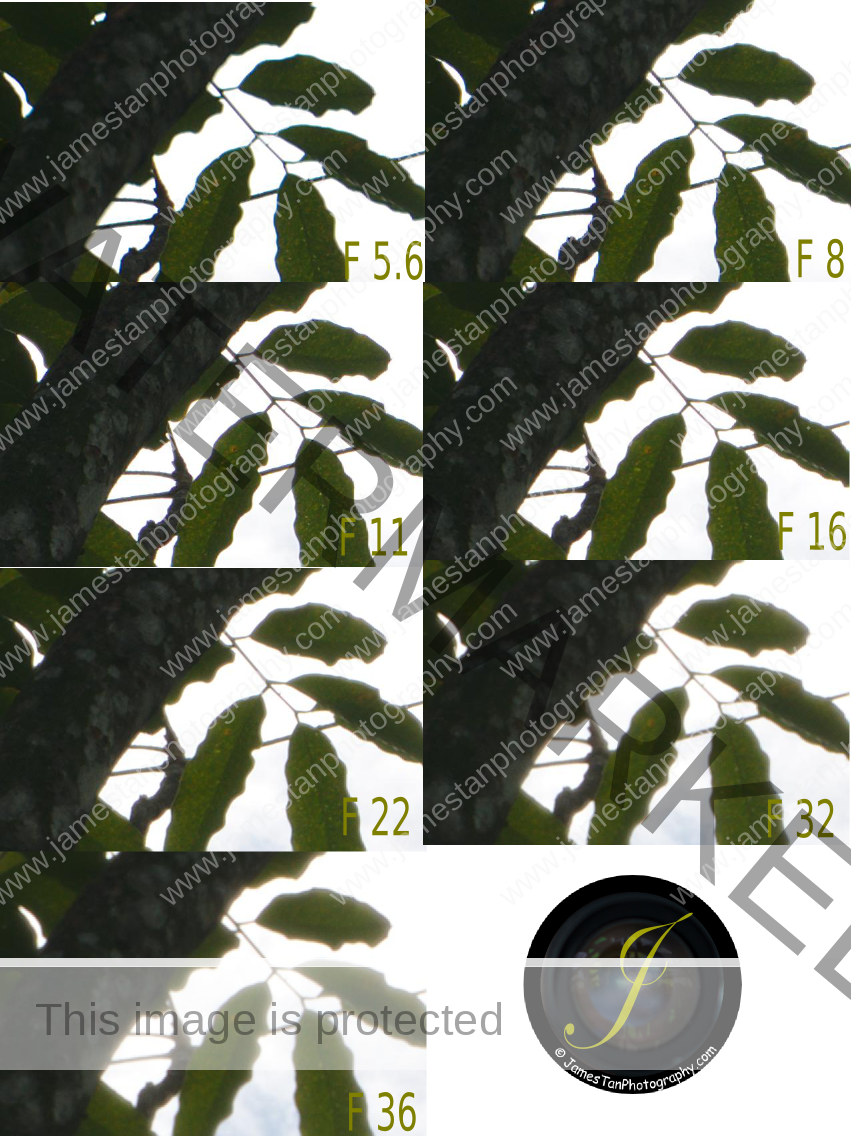
100 mm
100 mm center exhibits little purple and magenta fringing from its wide-open till F22, stopped down to F32 will eliminate the fringing.

100 mm corner exhibits magenta fringing from its wide-open till F40.
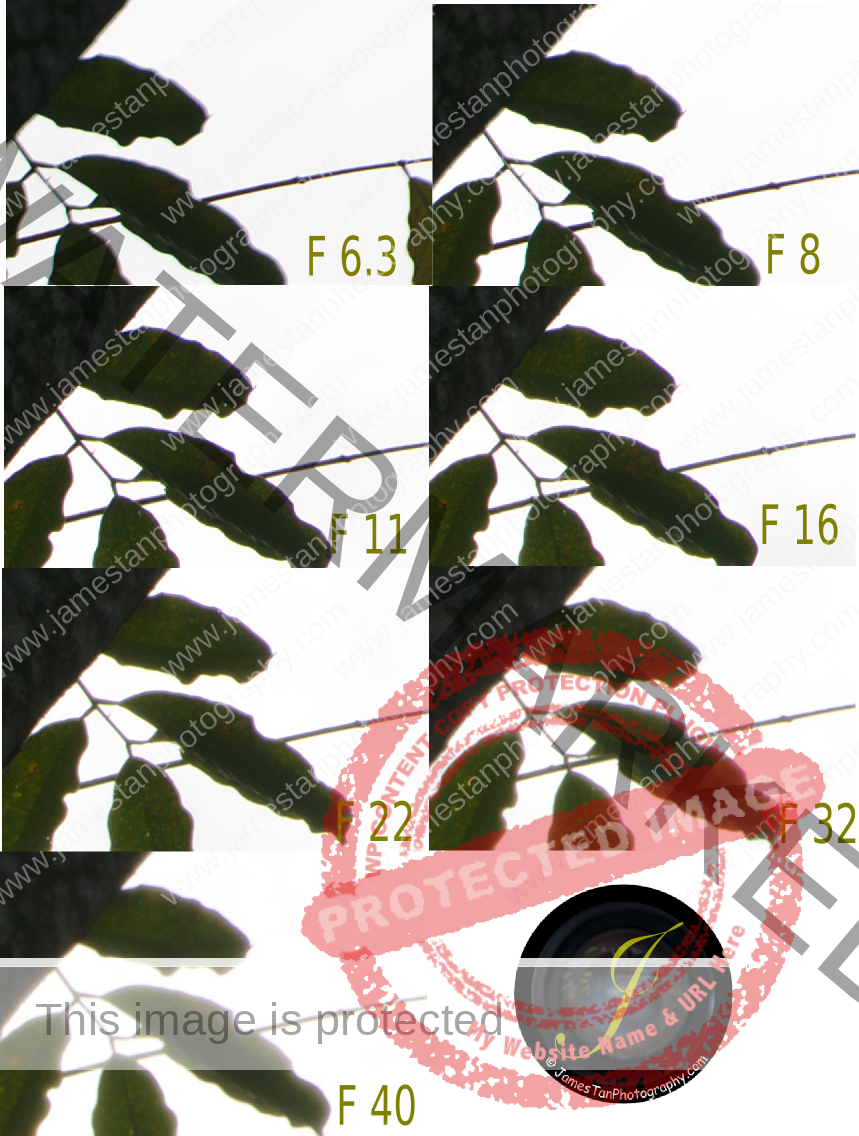
200 mm
200 mm center exhibits purple fringing from its wide-open till F22, stopped down to F32 will eliminate the fringing.

200 mm corner exhibits magenta fringing from its wide-open till F40.

Ghosting and Flare
Overall, the SEL18200LE handles the flare quite well in the entire focal length range and at any aperture. Sunlight is well controlled and does not spread across the frame.
18 mm
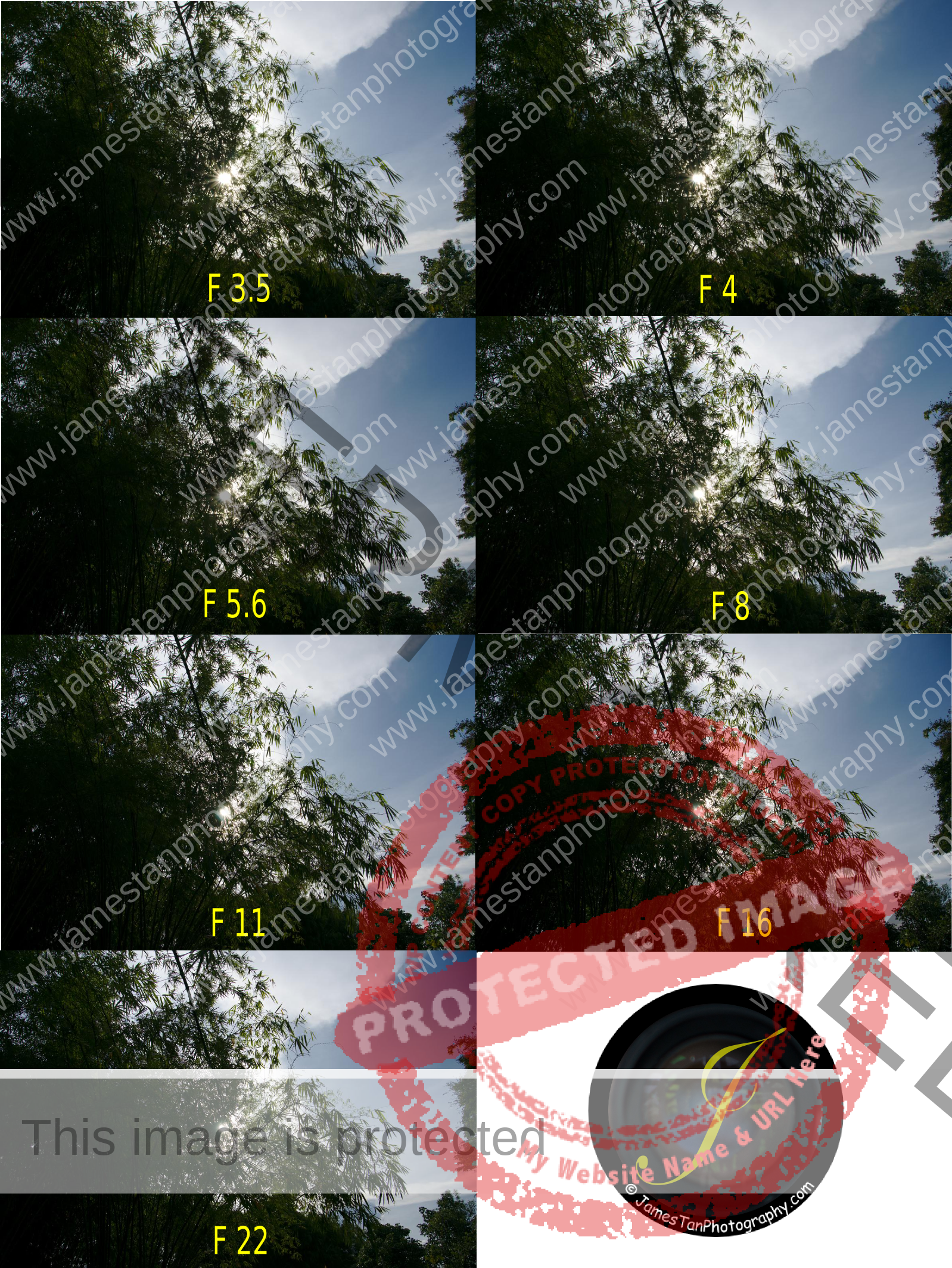
35 mm
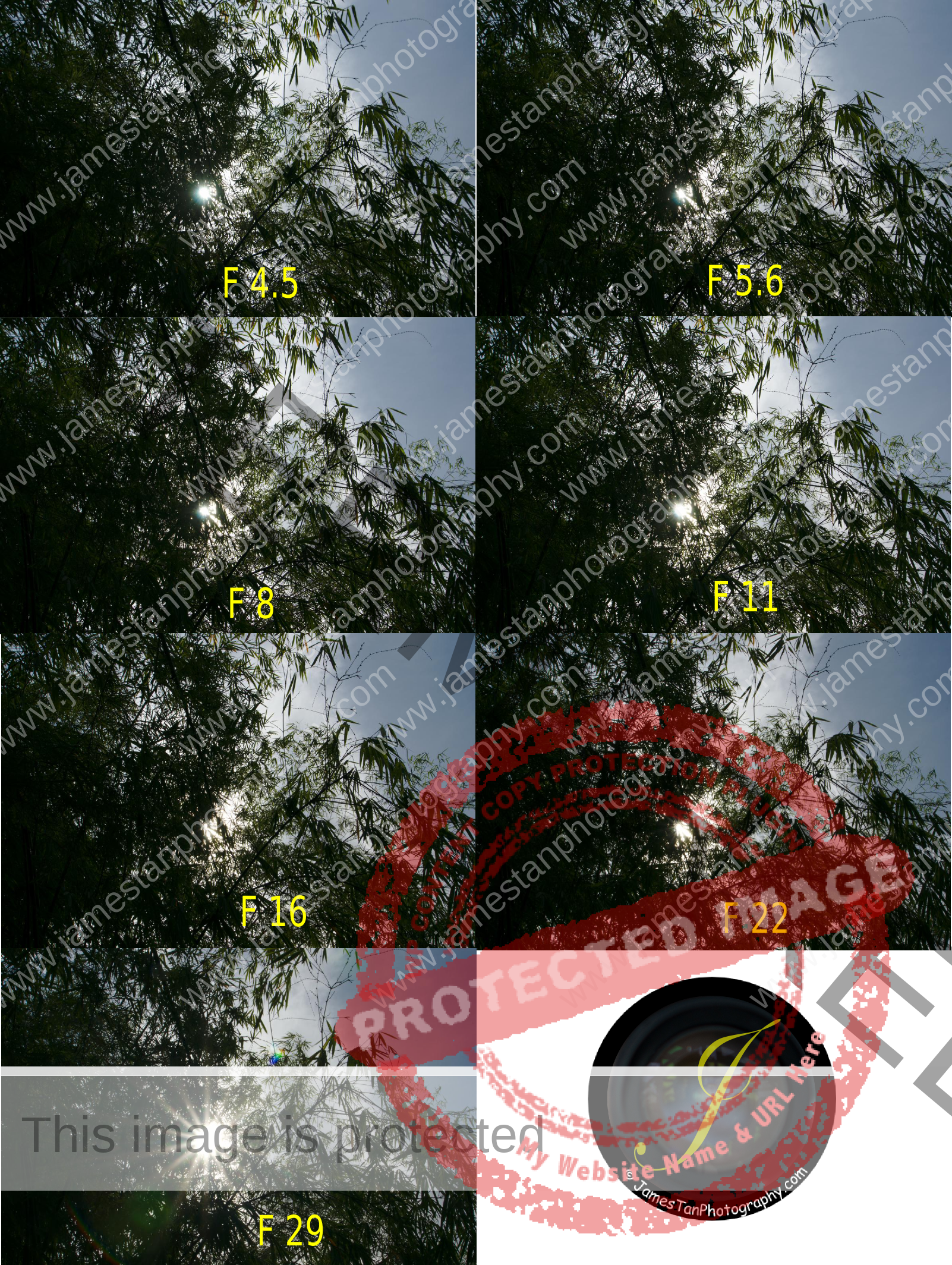
50 mm

70 mm

100 mm

200 mm

Bokeh Effect
The lens largest aperture is F3.5 at its widest open and F6.3 at its telephoto end. The overall circular bokeh effect is beautiful but not that smooth. You can find the onion ring bokeh effect throughout the entire focal length range regardless of any aperture you use.
18 mm

35 mm
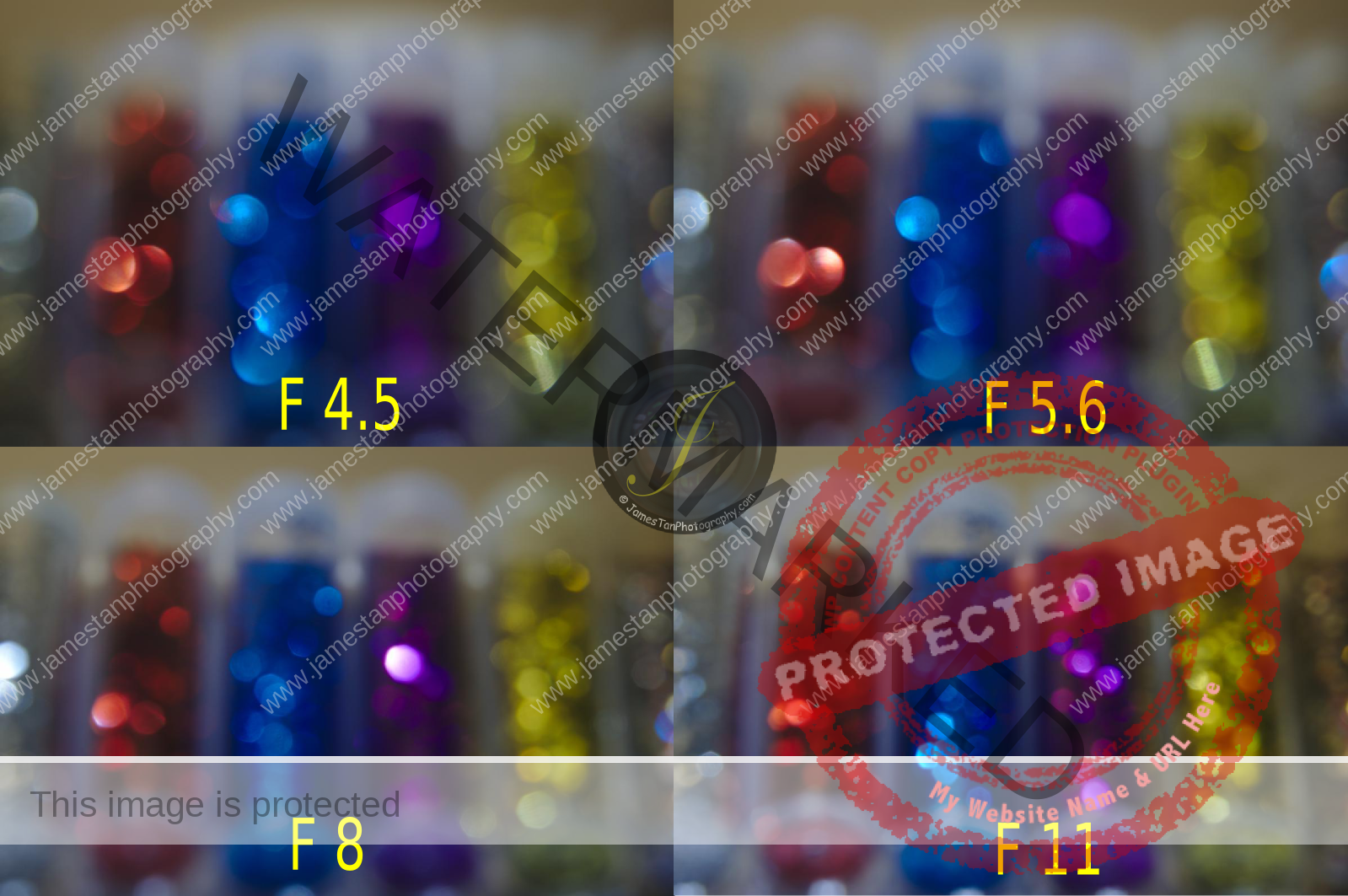
50 mm
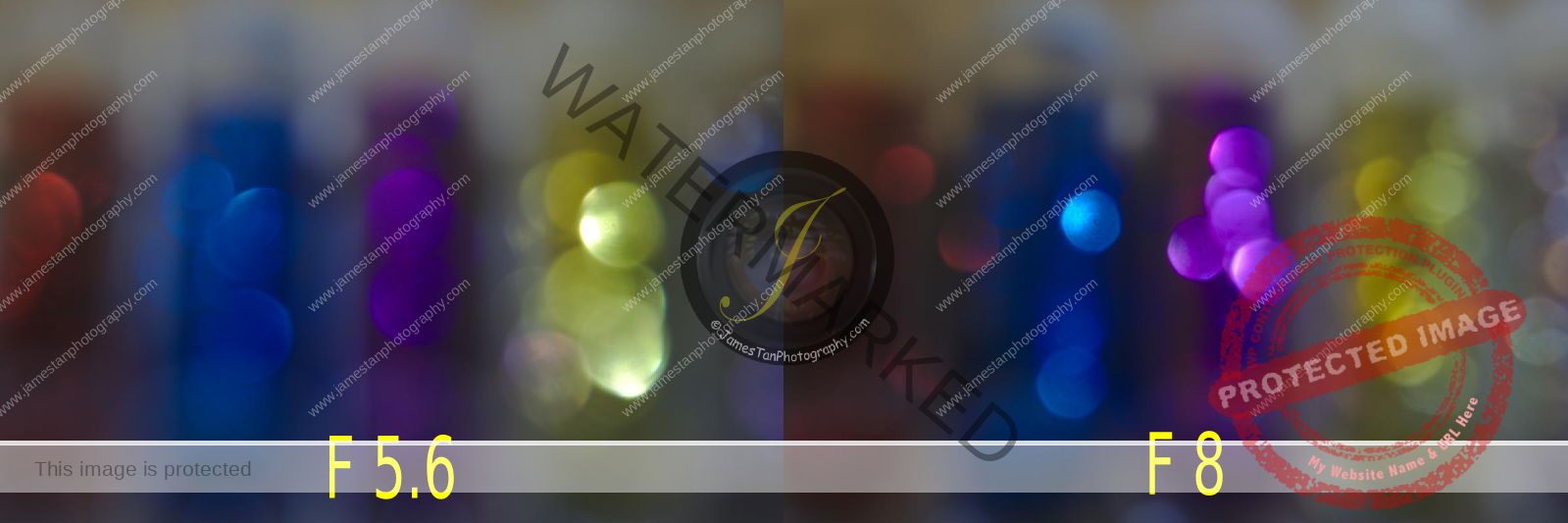
70 mm
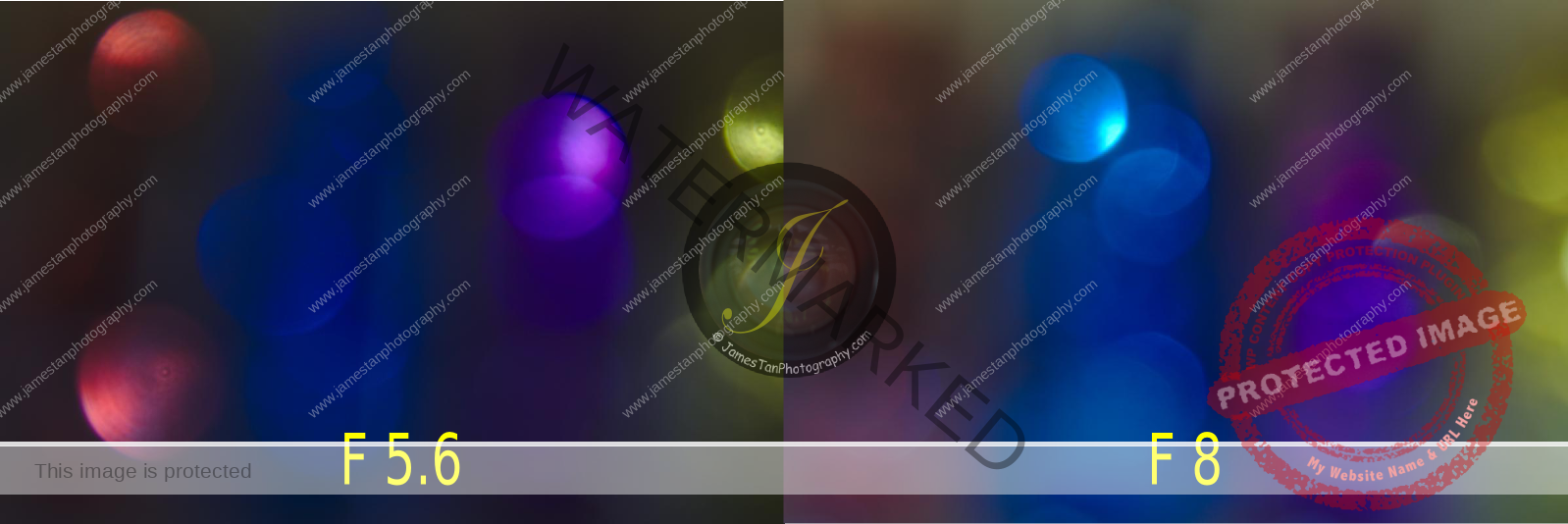
100 mm
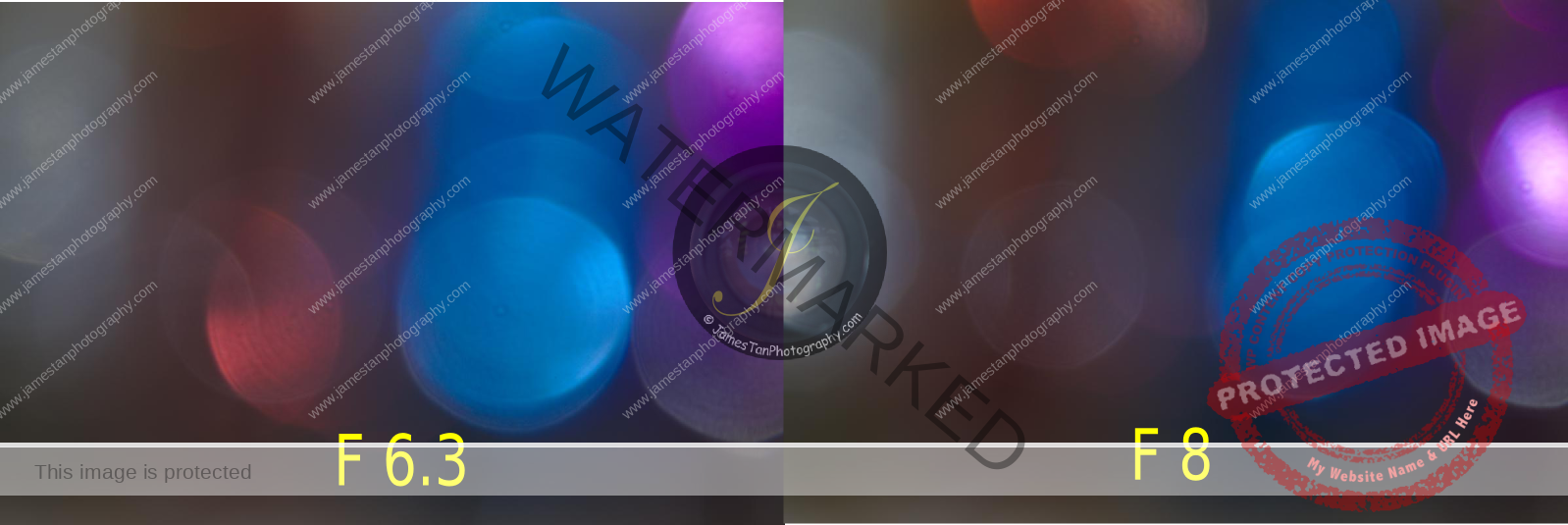
200 mm
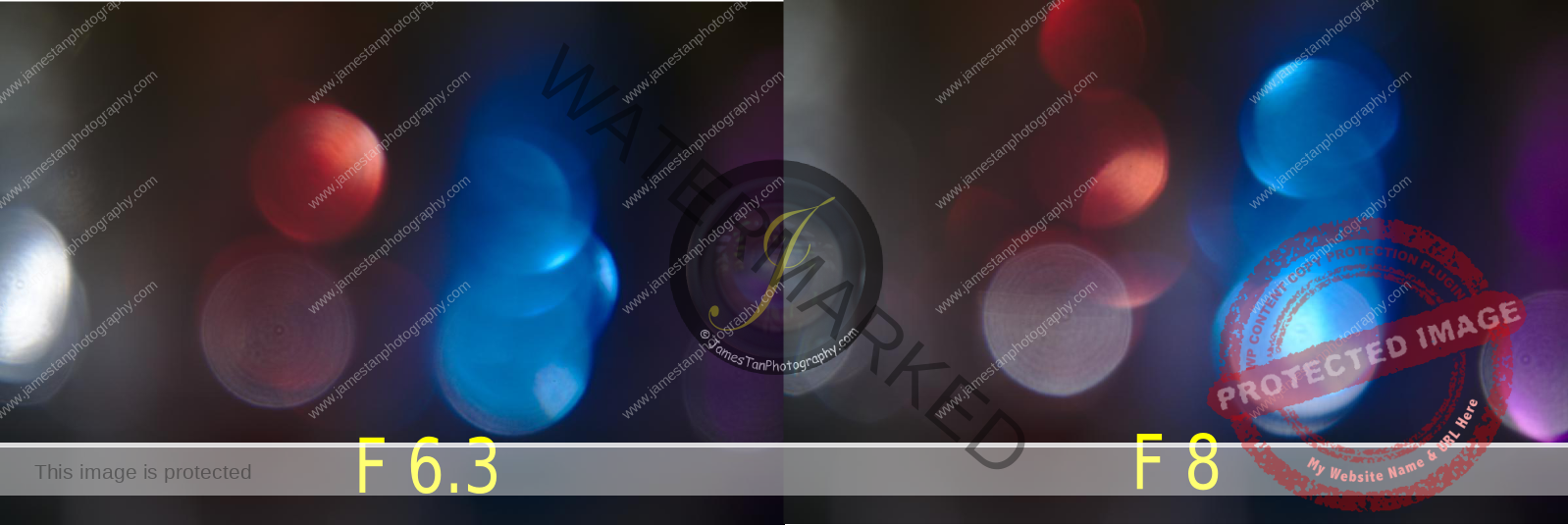
The SEL18200LE renders a nice defocus background at the telephoto end even though its largest aperture is only F6.3.
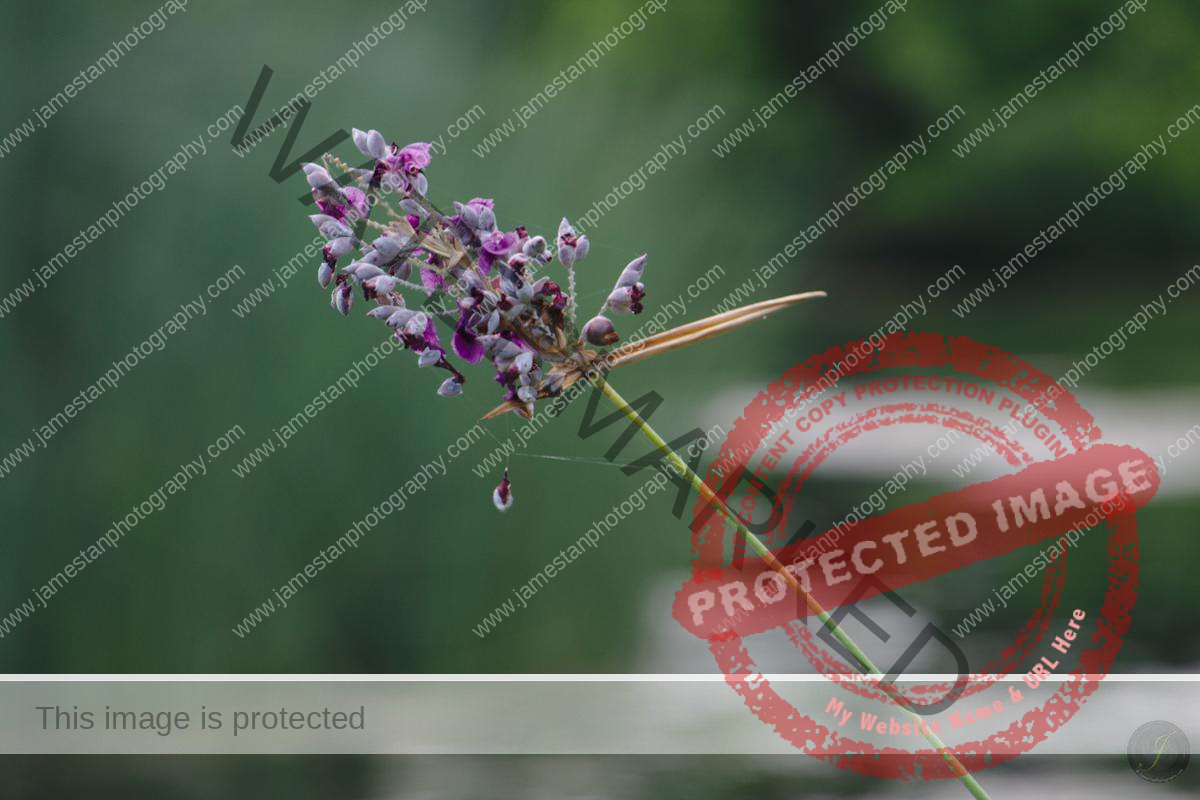
Handheld Performance
The SEL18200LE built-in with Sony OSS provides excellent image stabilization in the previous few E-mount lenses test, so how does it perform in this lens? Due to the F6.3 largest aperture from 100 mm onward, the lens test had to be carried out in good light condition to get the safety minimum shutter speed, and only the 200 mm was tested.
With OSS

Without OSS

Interestingly, the SEL18200LE performs closely from 1/320″ to 1/80″ at 200 mm with/without the OSS on. The shots below 1/60″ with OSS turned on result clearer than the one without OSS turned on. Besides, the live view on the camera LCD screen and EVF does not shake so terribly when the OSS is turned on.
Nonetheless, I was standing and holding the camera remarkably steady, and it was a very good light condition, and the subject was perfectly still. In general, I prefer to use above 1/100″ or ideally 1/250″ when shooting with this lens at its telephoto end from 100 mm to 200 mm.
Bottom Line
In my opinion, the SEL18200LE performs better from 50 mm to 100 mm, with the sweet spot at 70 mm. The center sharpness is good but the corners are soft. The distortion exists throughout the focal length, but you can fix it quickly in post-processing.
The largest aperture opens at F6.3 from 100 mm and longer. You need excellent light condition or raise the ISO incredibly high to keep the shutter speed above 1/100″ to get a blur-free result.
The SEL18200LE has slow focusing from 100 mm to 200 mm. The autofocusing does not respond sometimes. You have to rotate the focus ring (only when you are using DMF mode) so that the lens will begin to do the autofocusing.
Due to shallow DoF from 100 mm to 200 mm, you should always enlarge and examine your shots. When the light condition is not good, the camera focus-peaking hardly nailed to your intended focus area.
Well, the SEL18200LE covers from wide-angle (27 mm in 35 mm equivalent) to telephoto (300 mm in 35 mm equivalent). This all-in-one solution comes with a price tag of SGD 1,199, small size, a well-built lens body, and acceptable optical performance. If you always shoot in a low-light environment or sports, wildlife, etc., you may have to get a prime lens or the constant aperture zoom lens.
Before the end of the review, below are some sample shots from this lens.












That’s all for the review. I hope you enjoyed it, and thanks for reading.


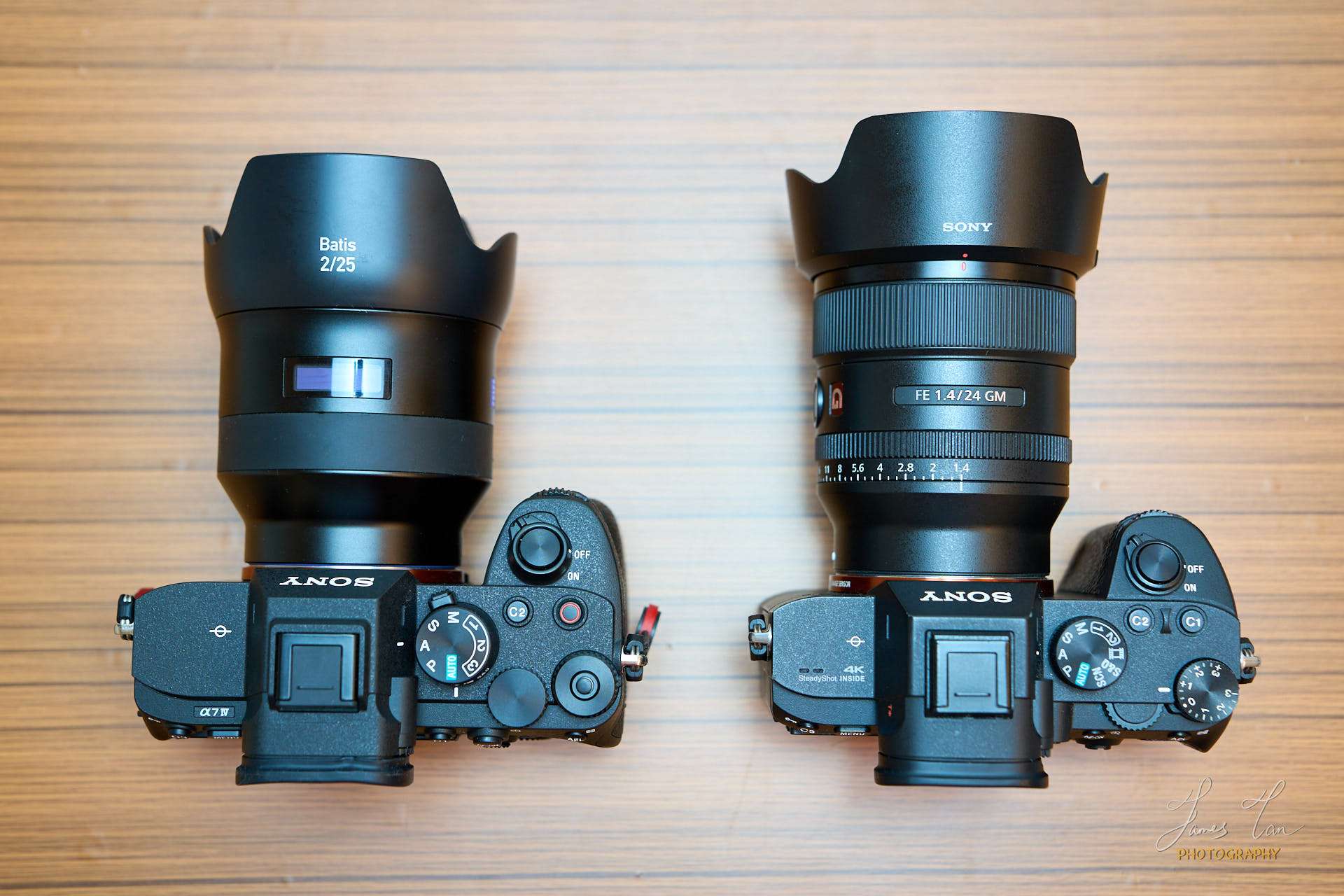
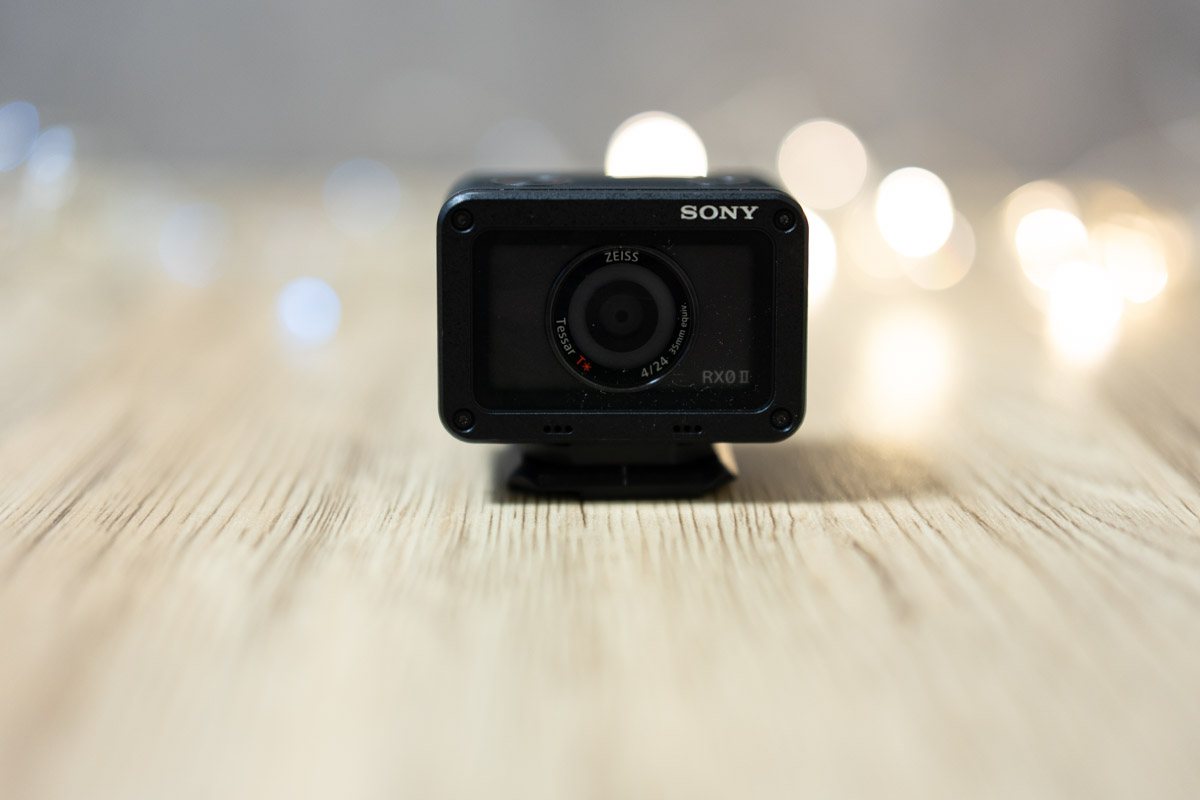
Leave a Reply